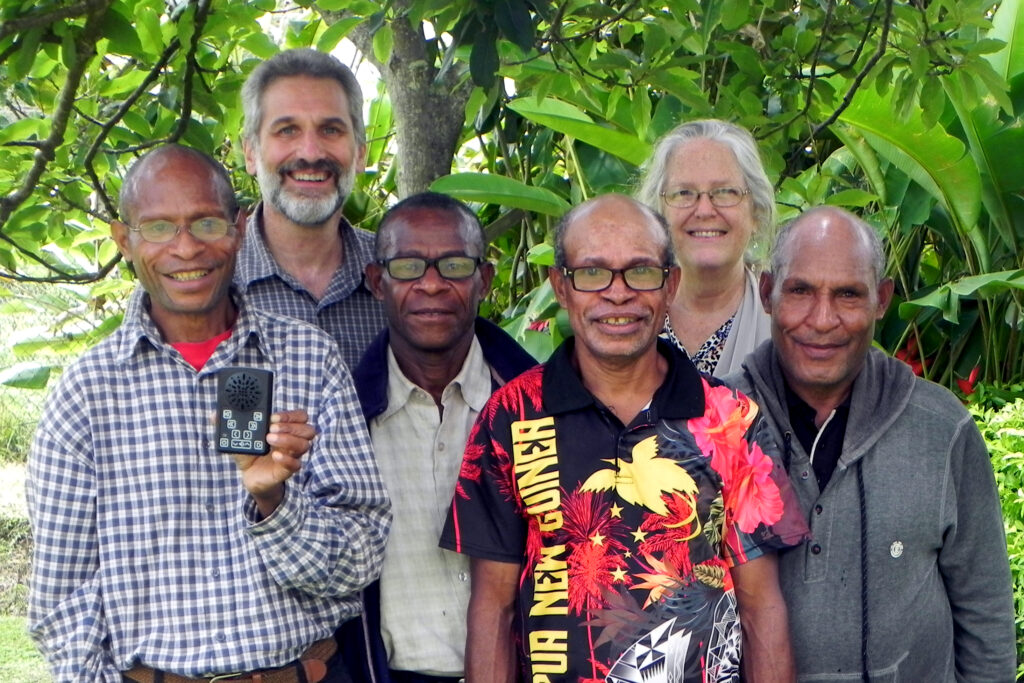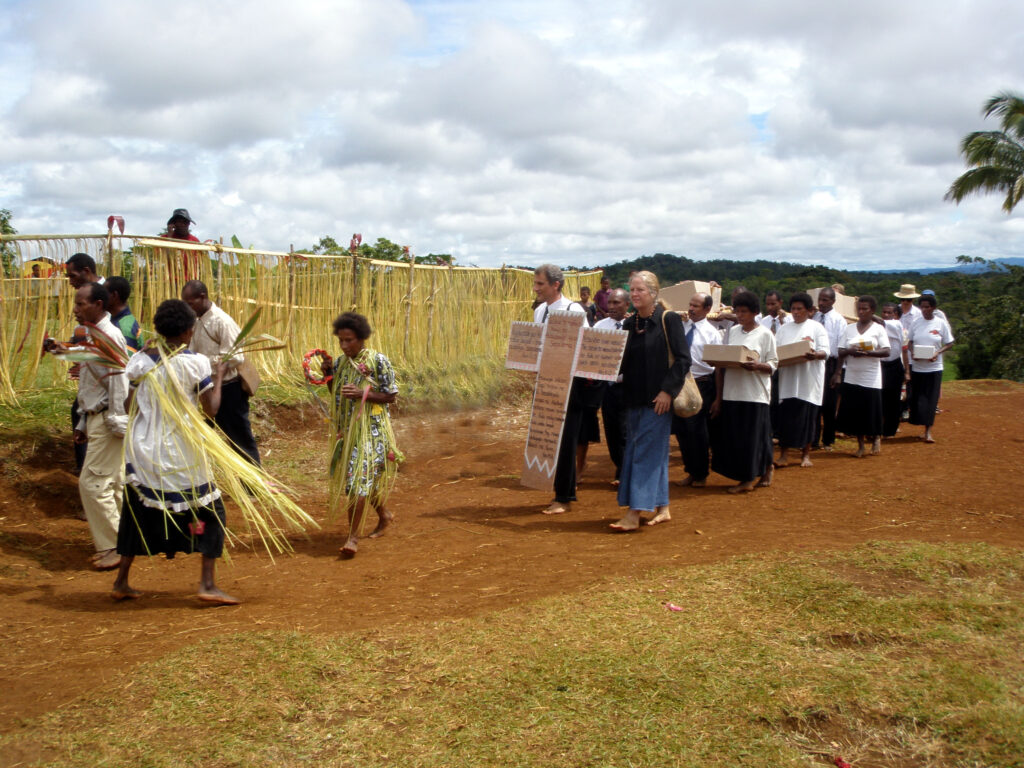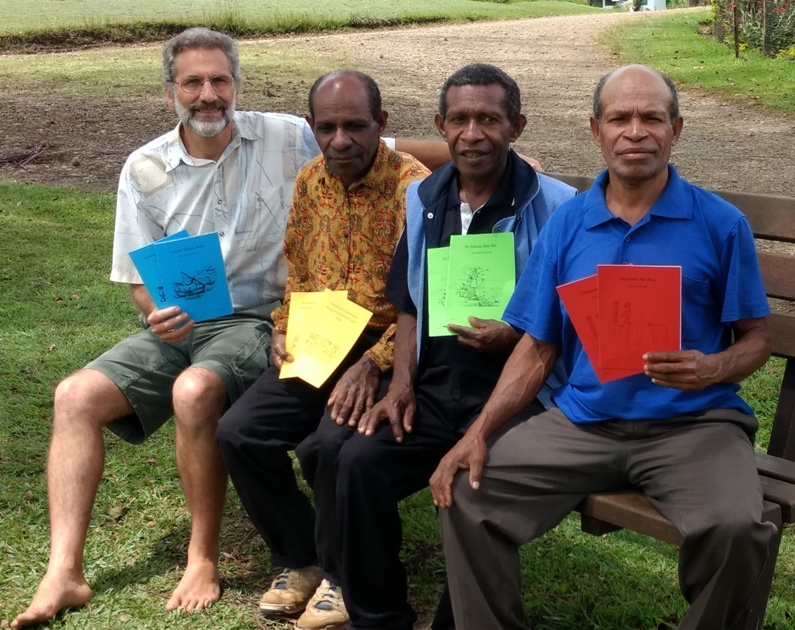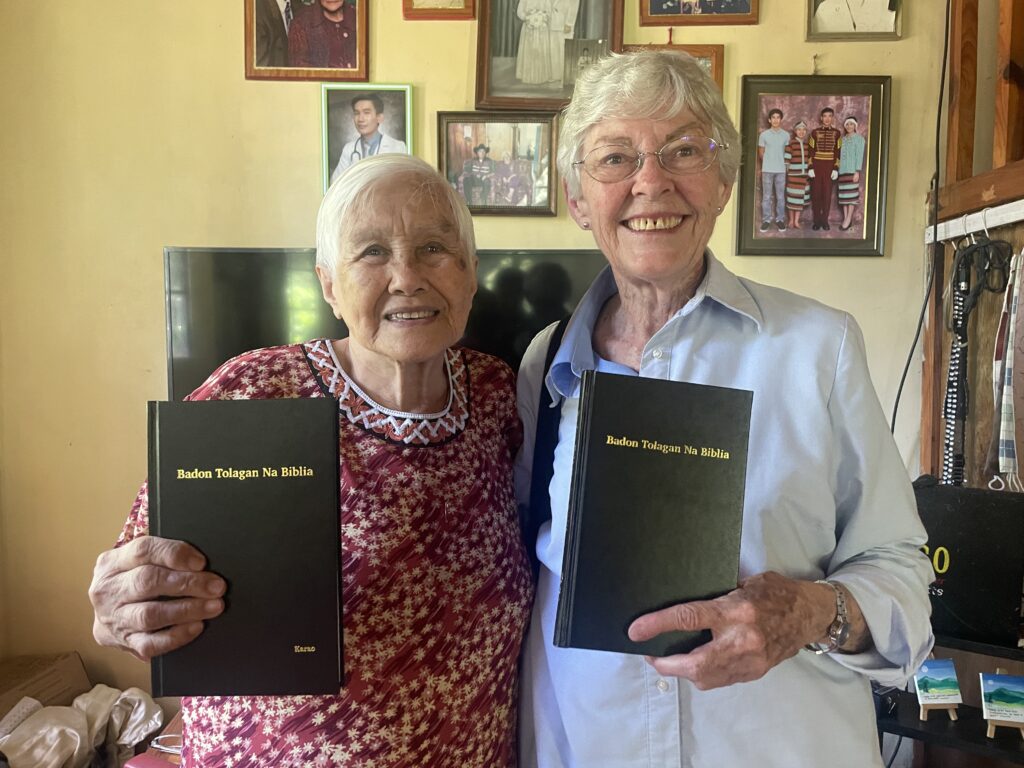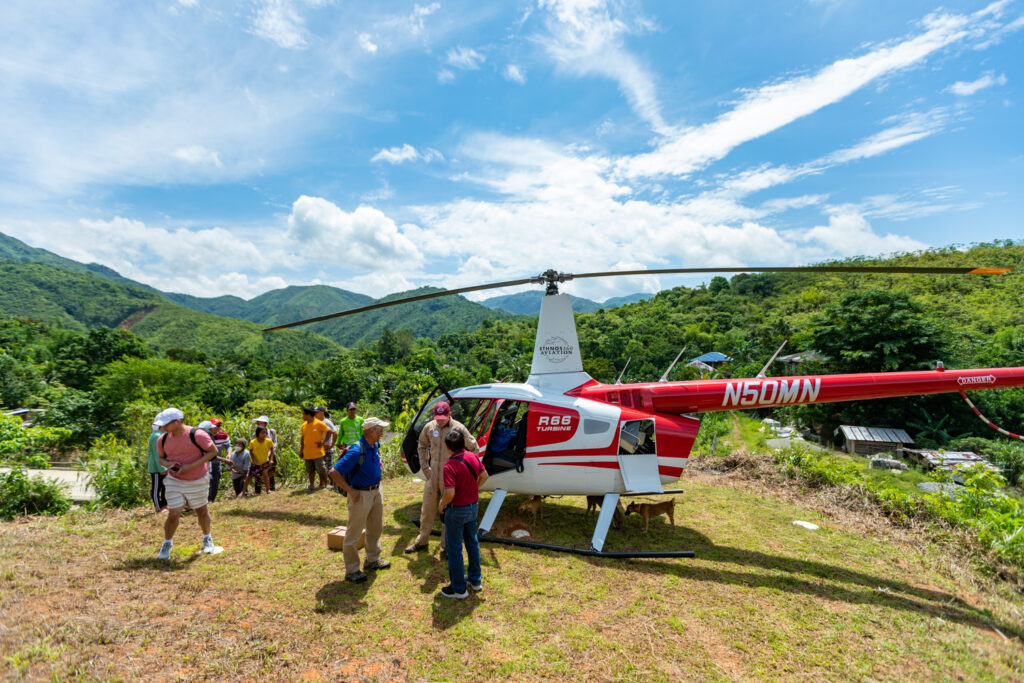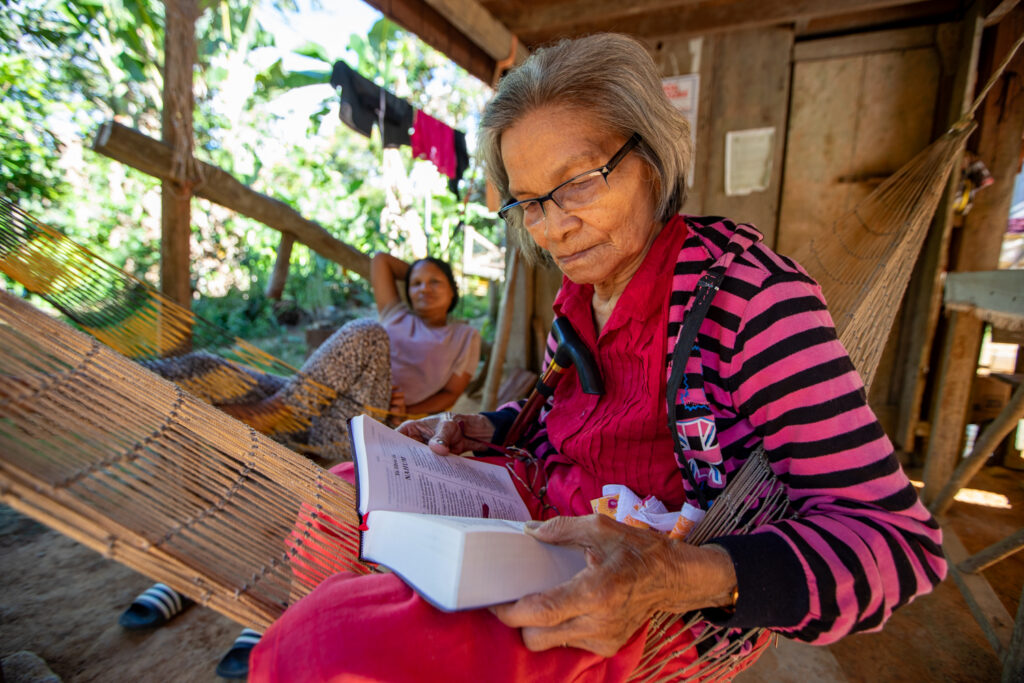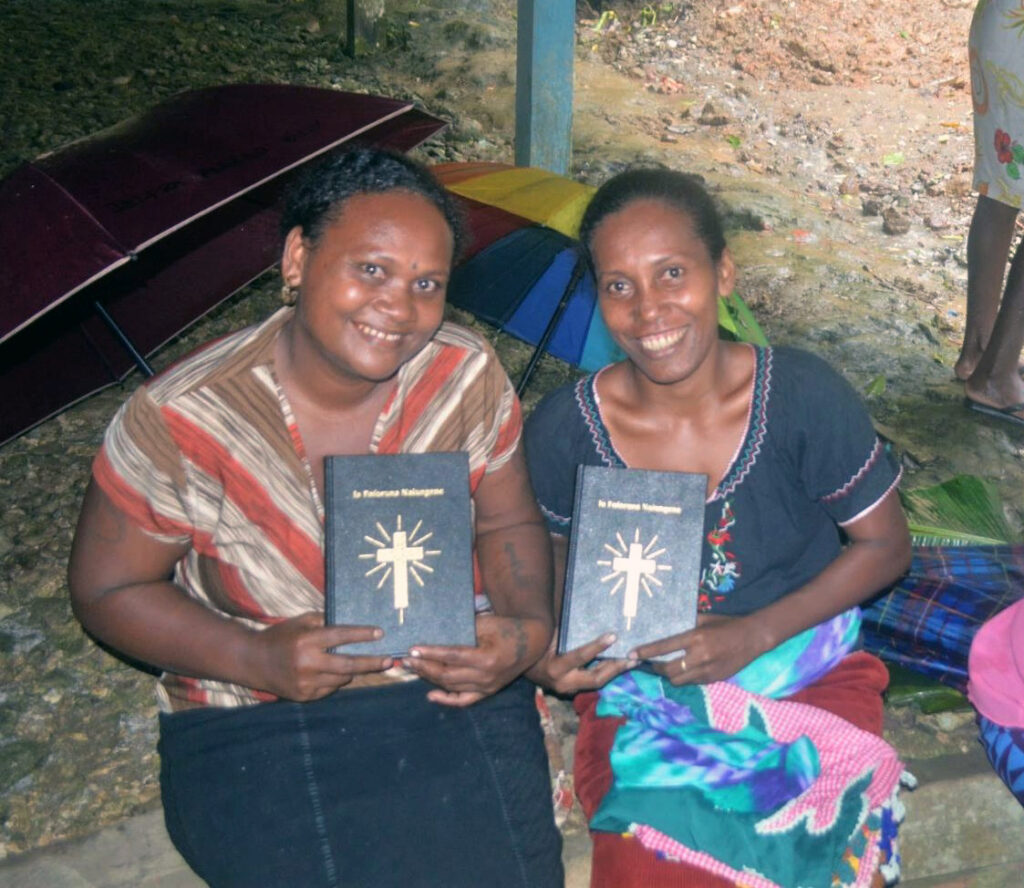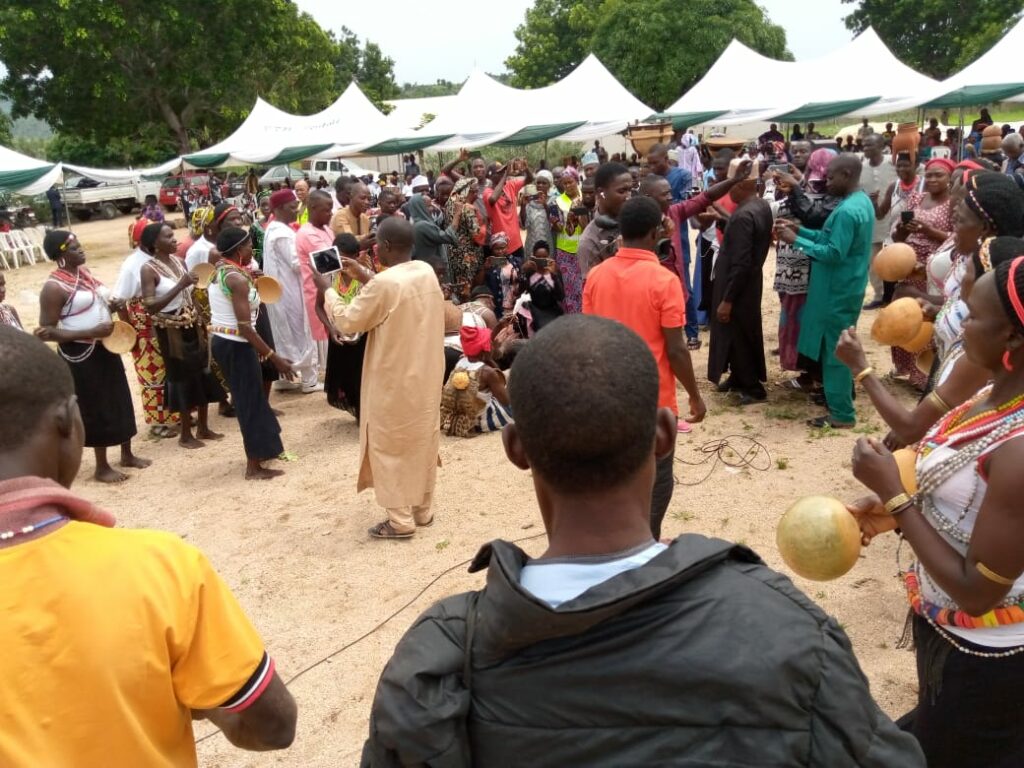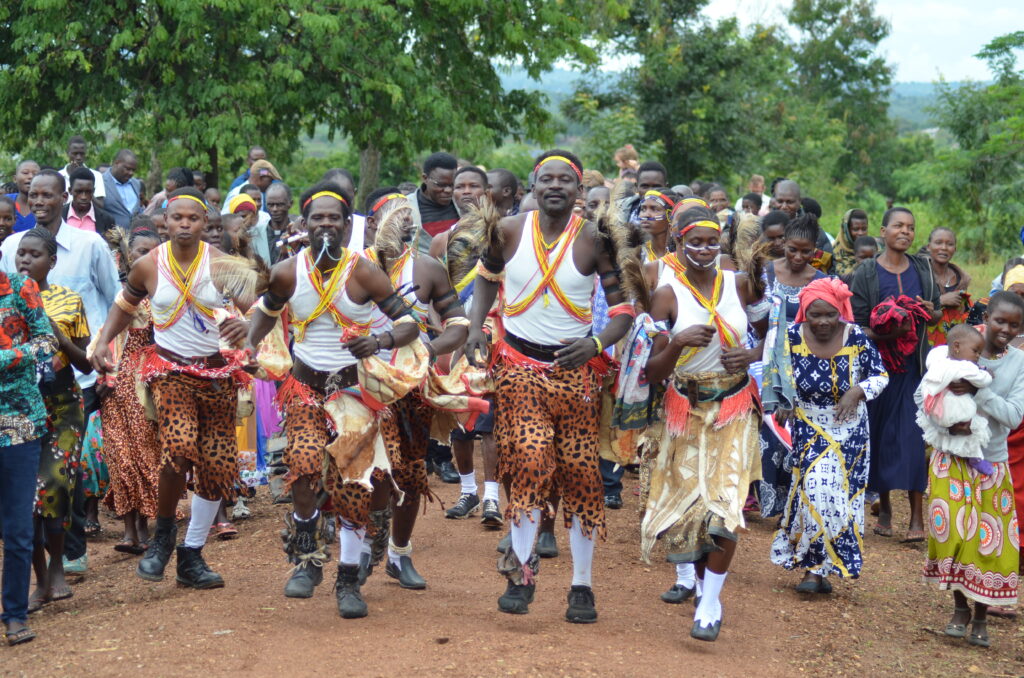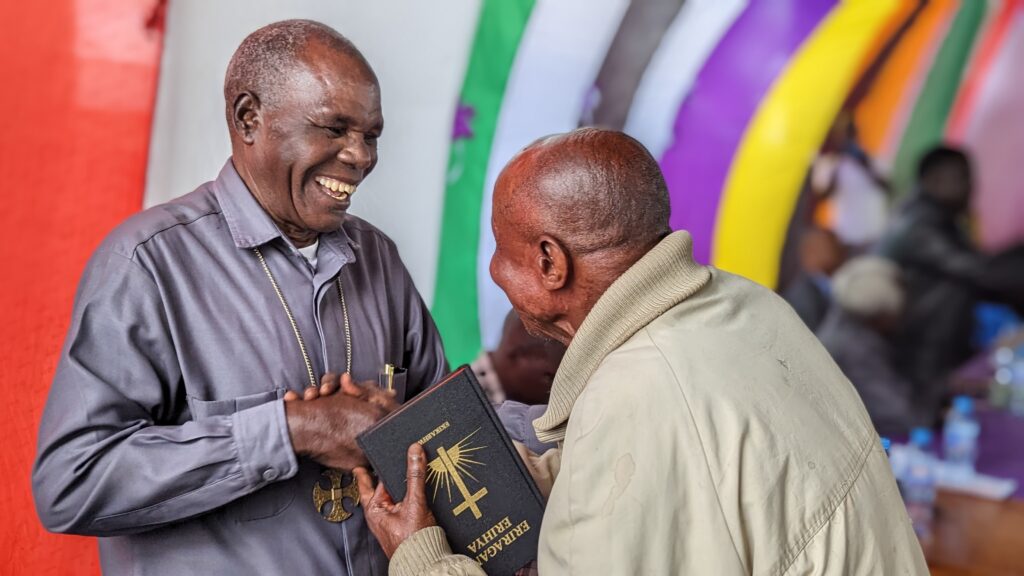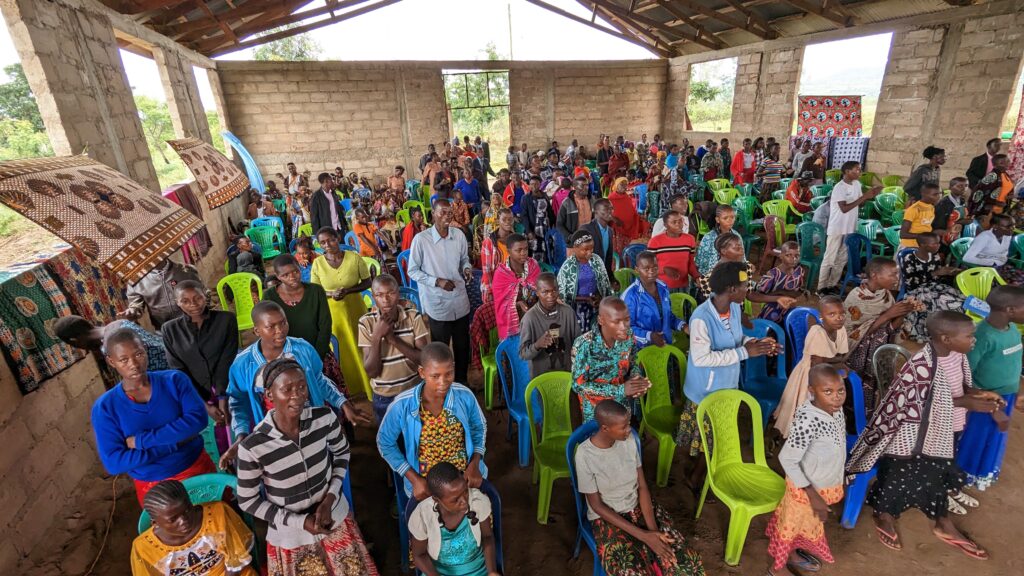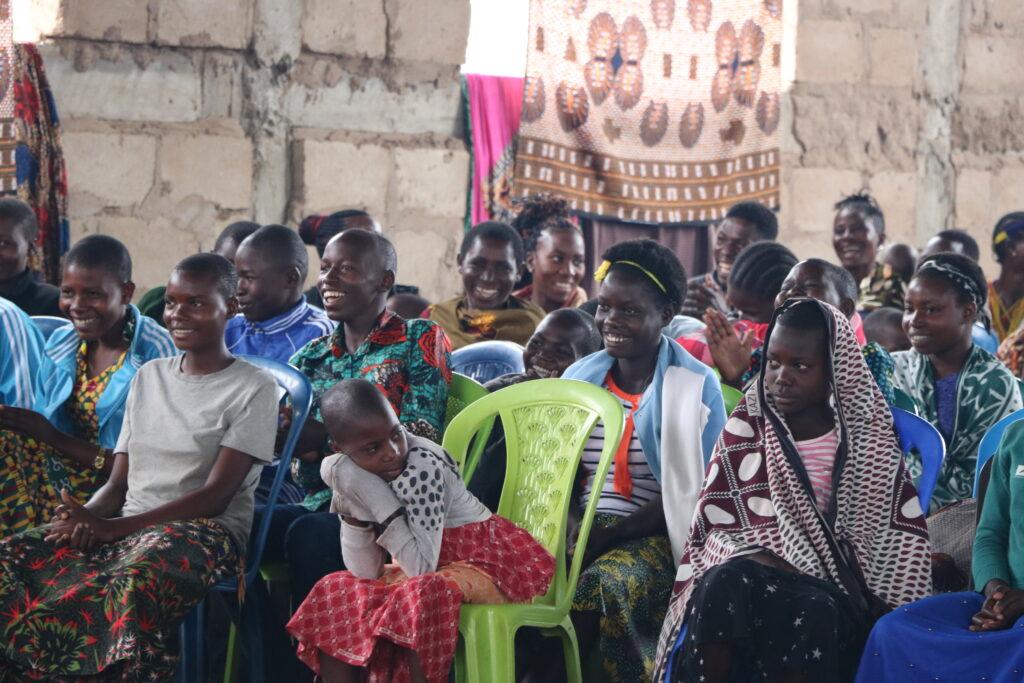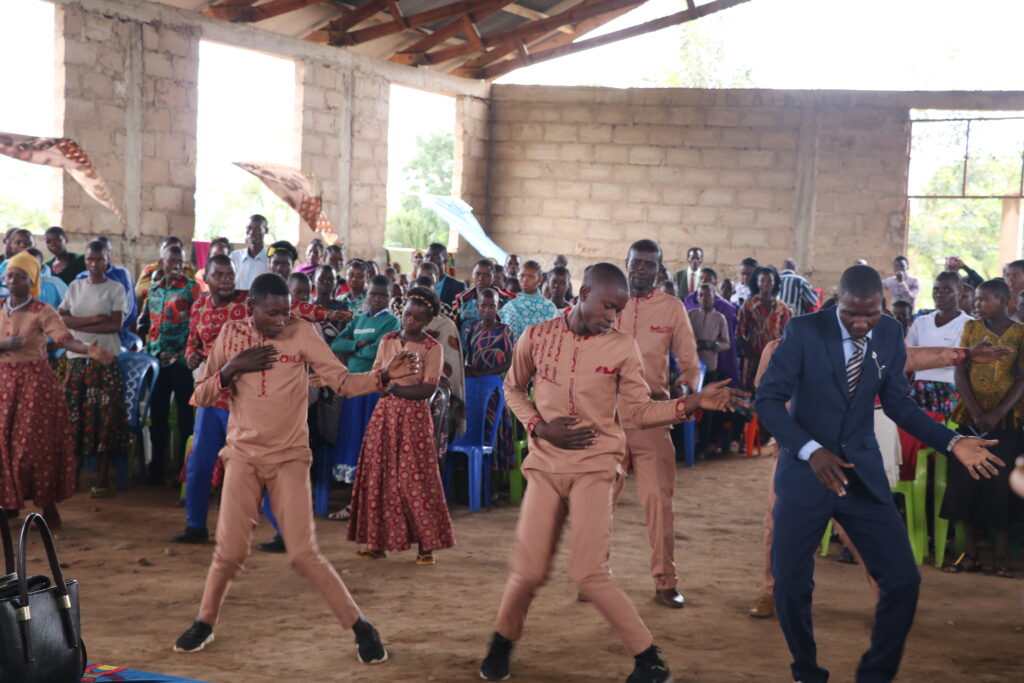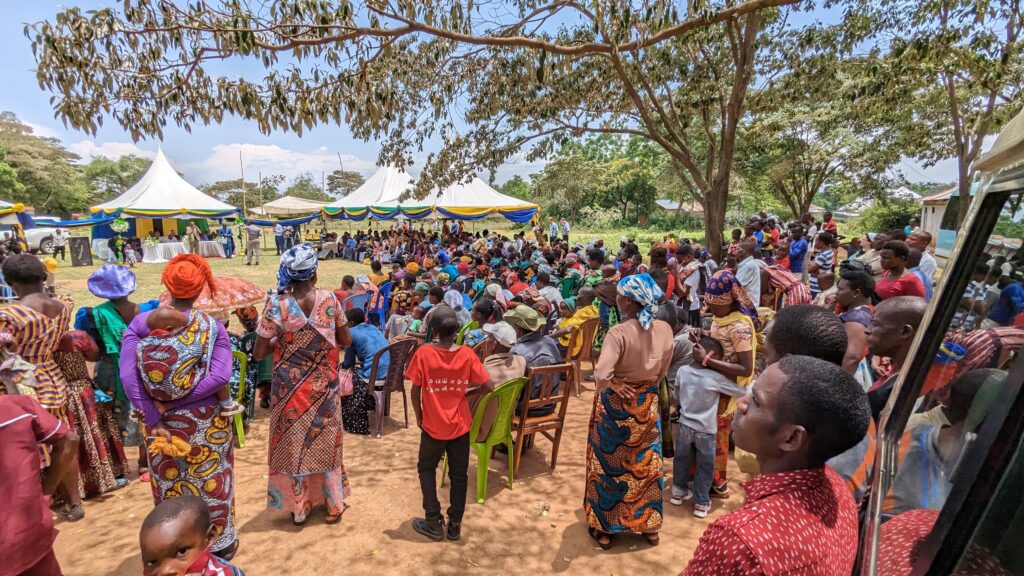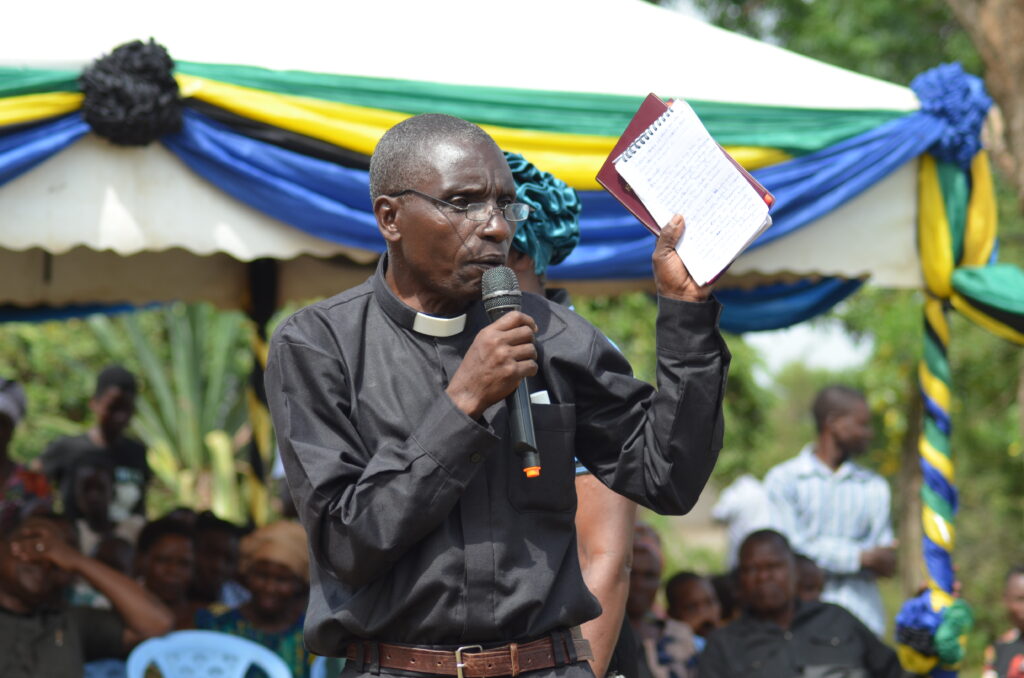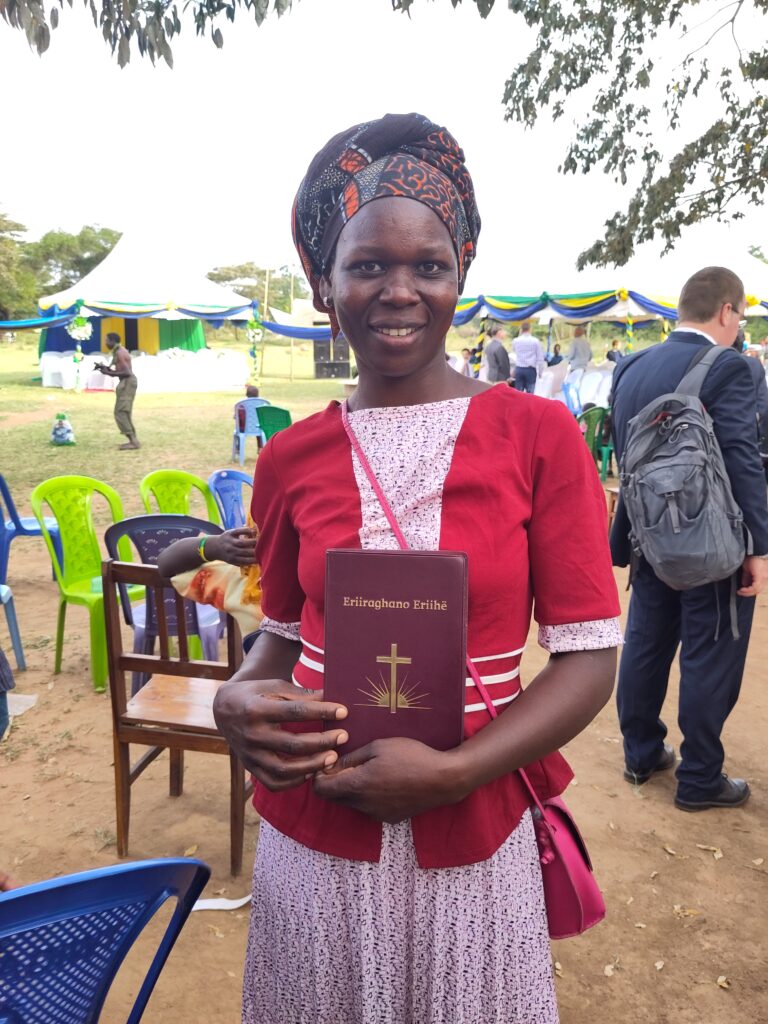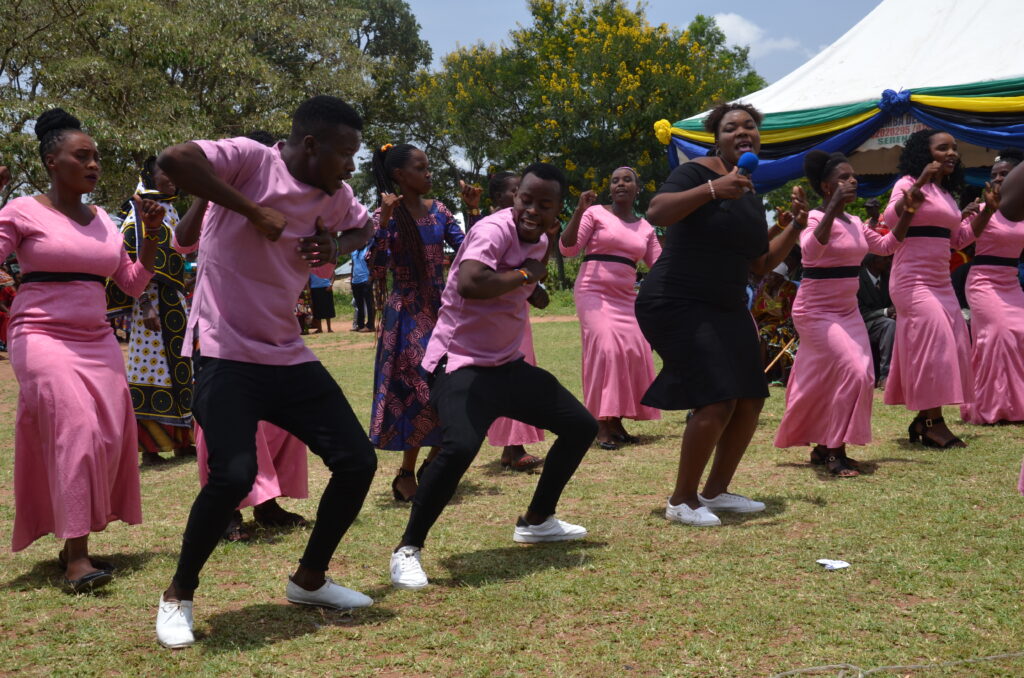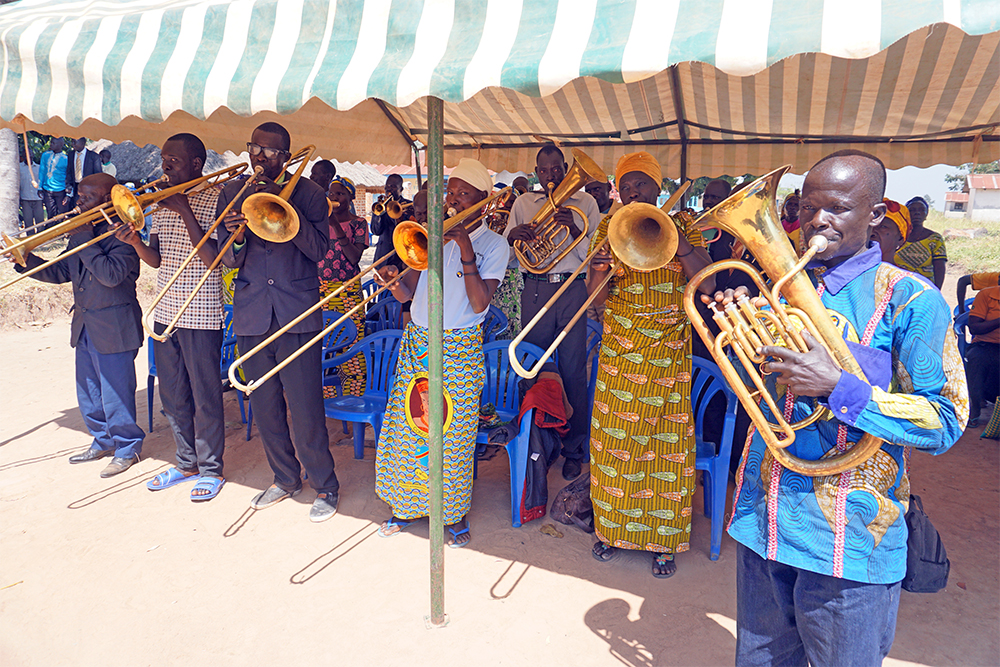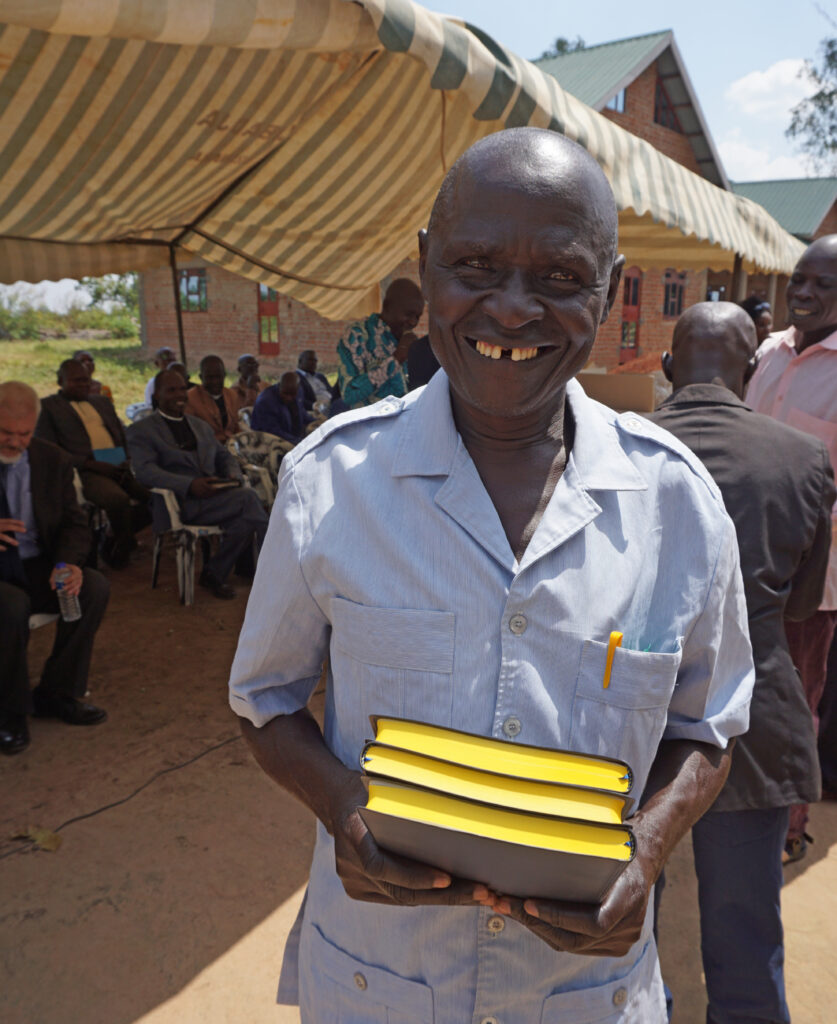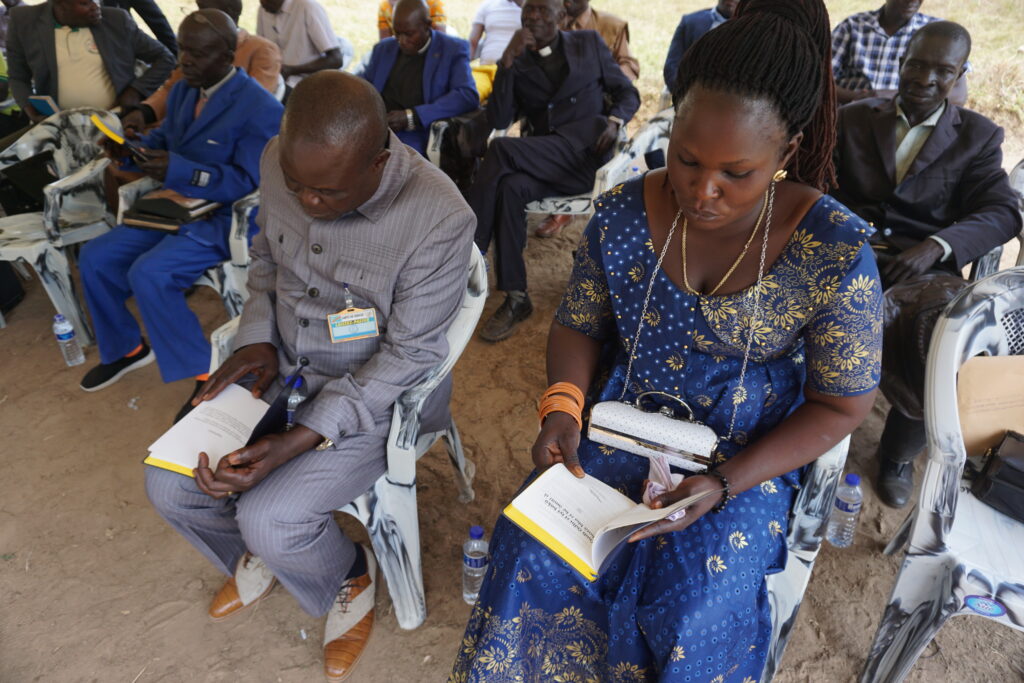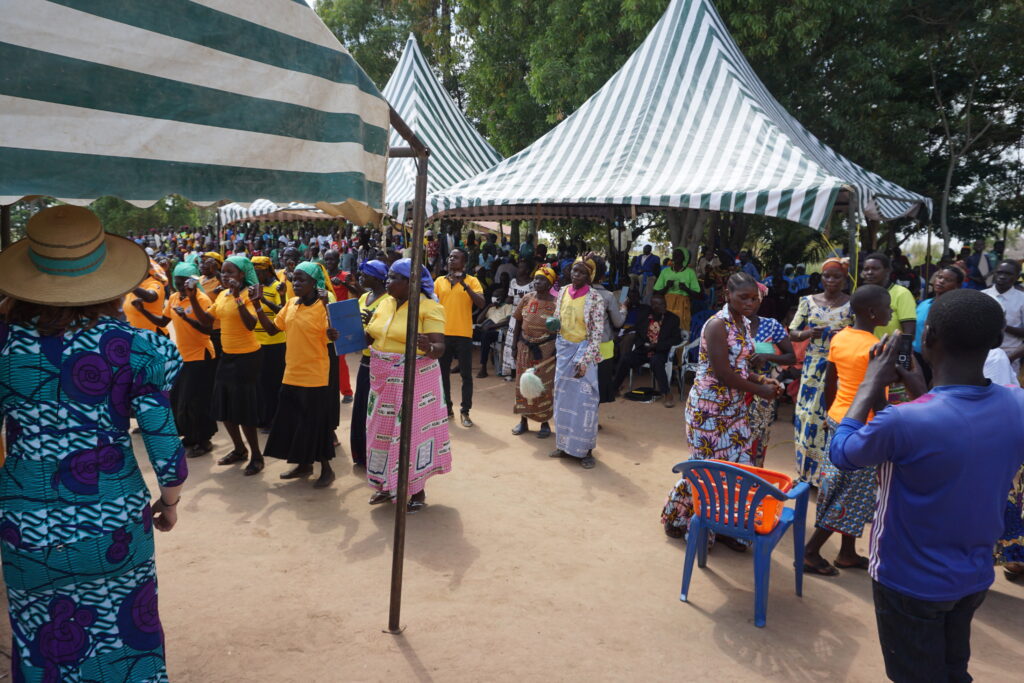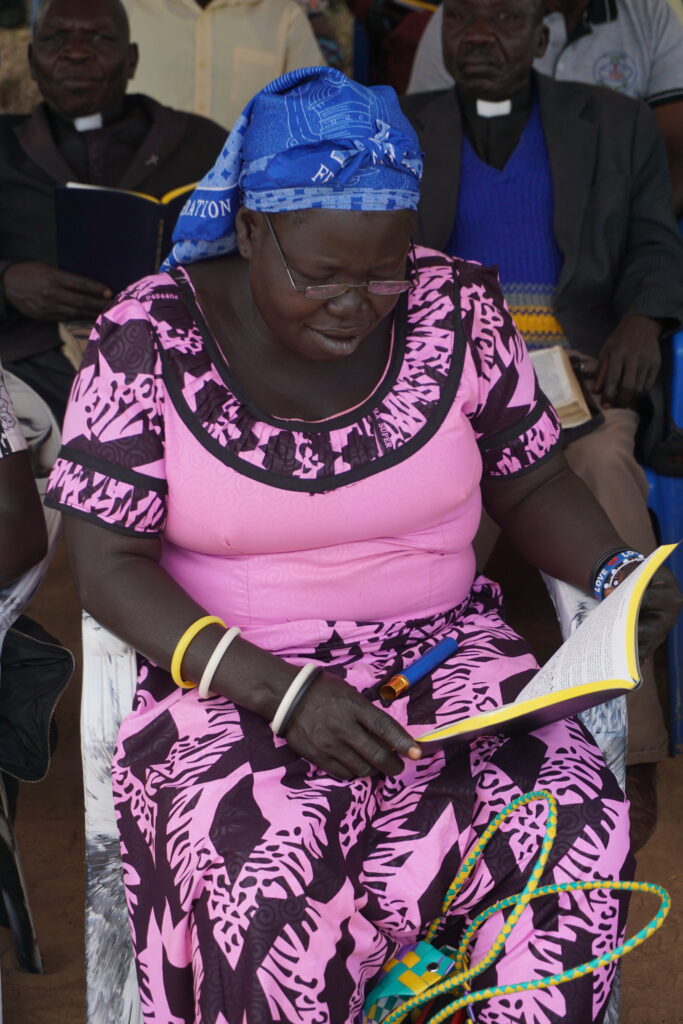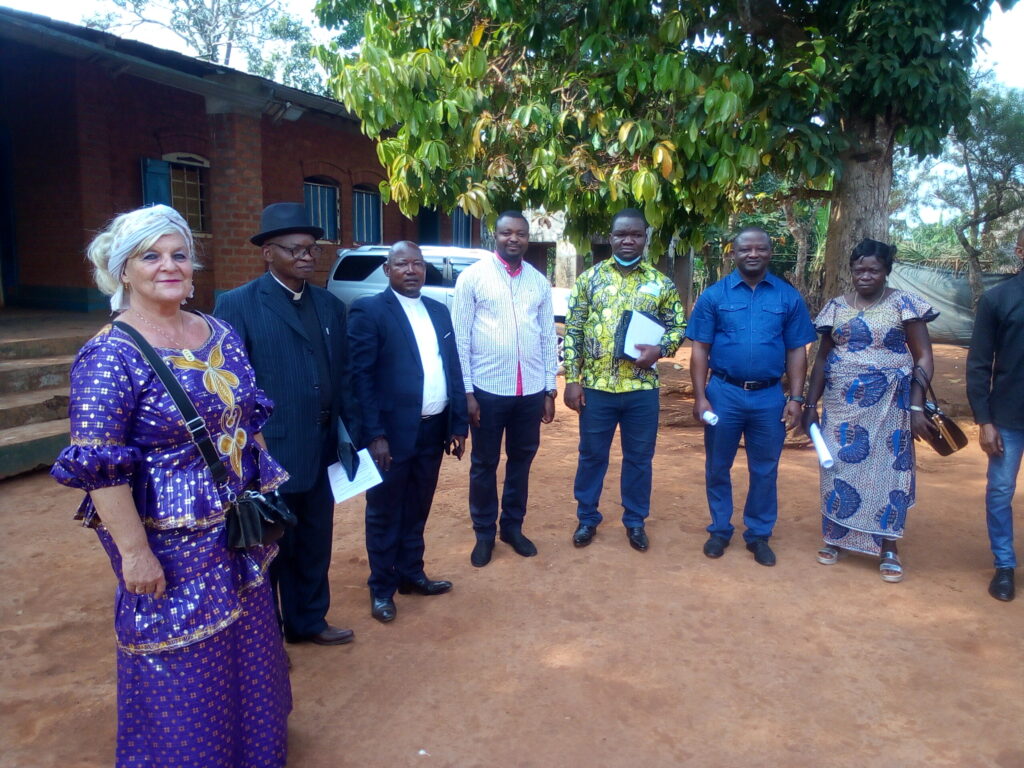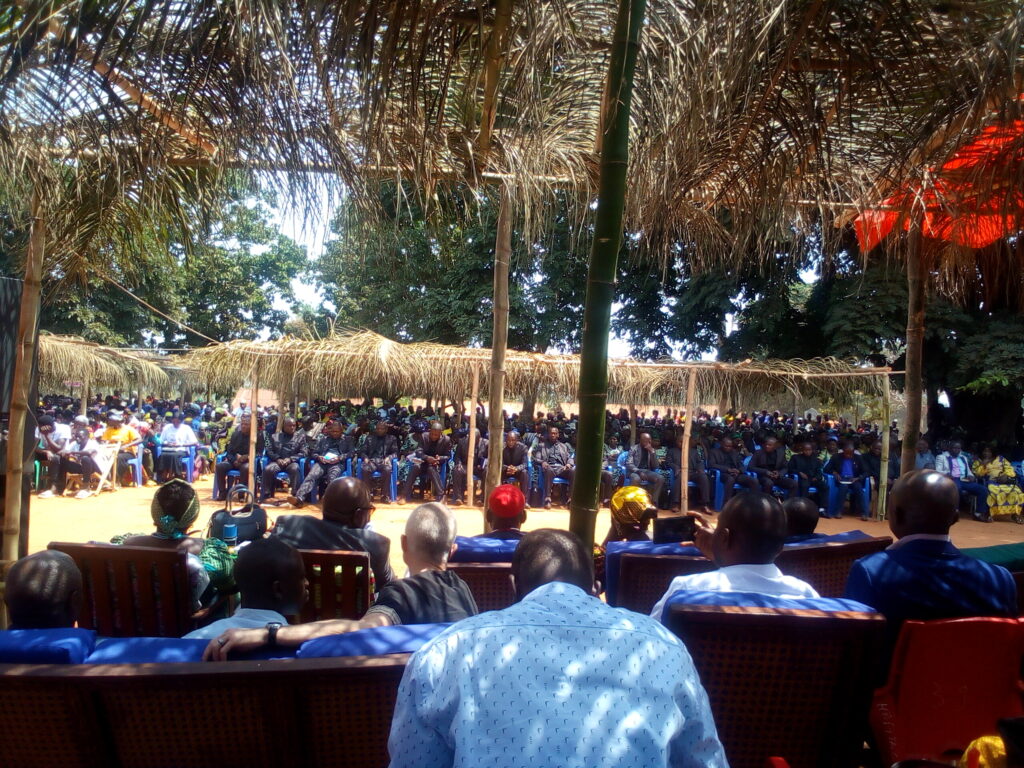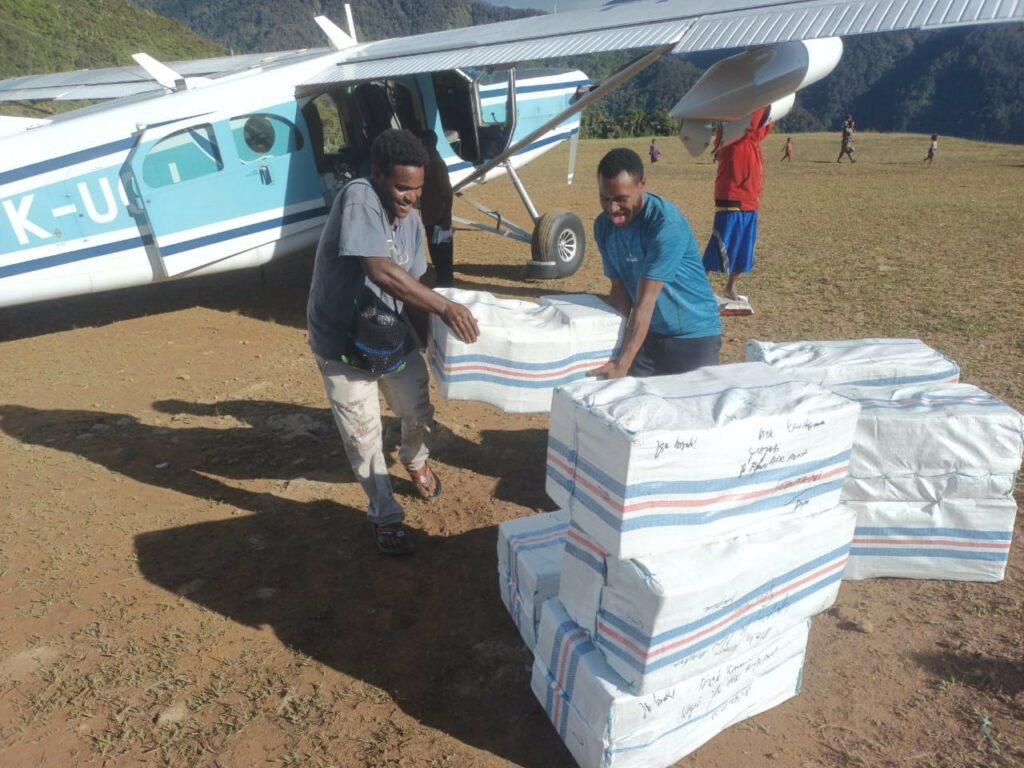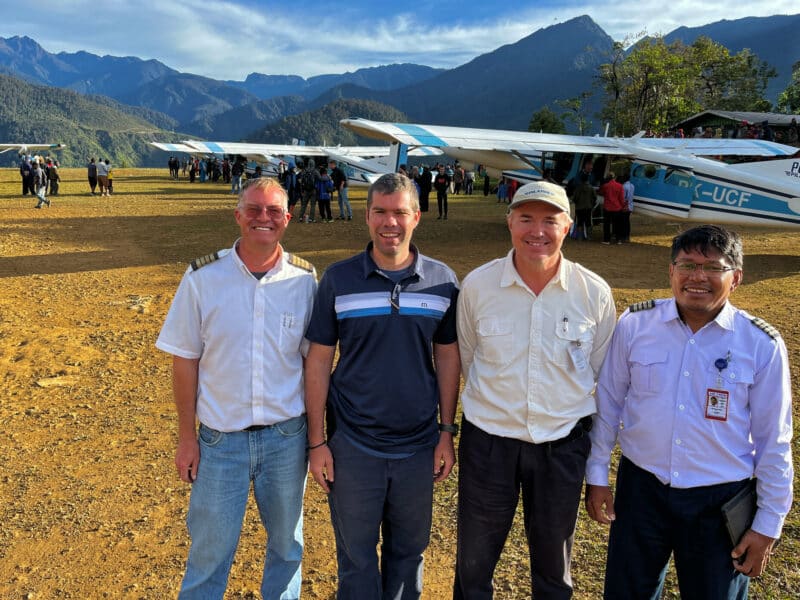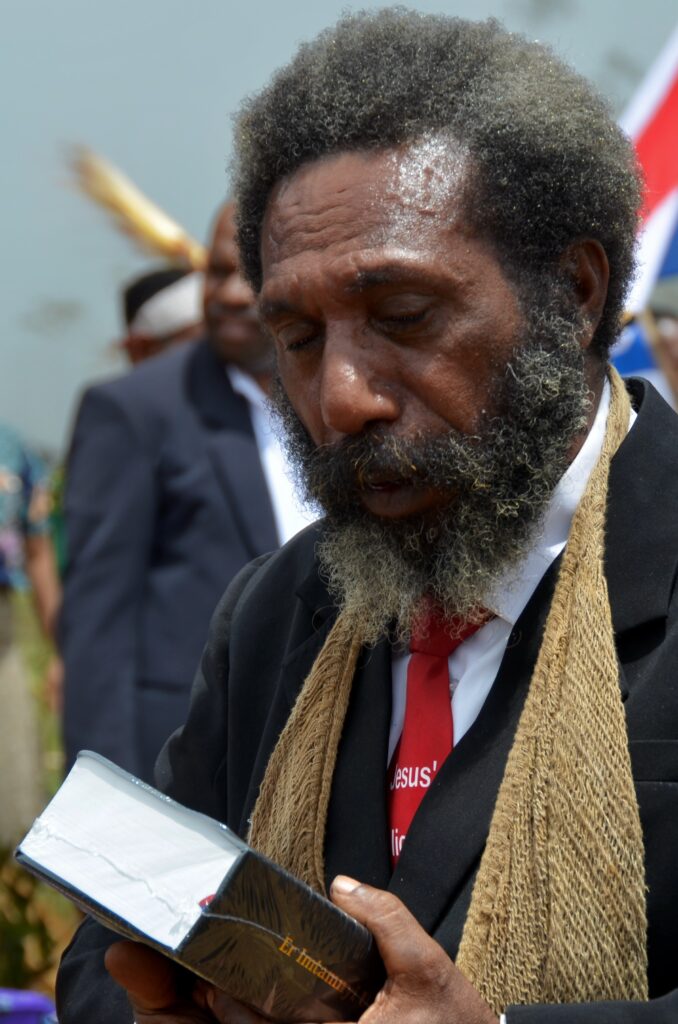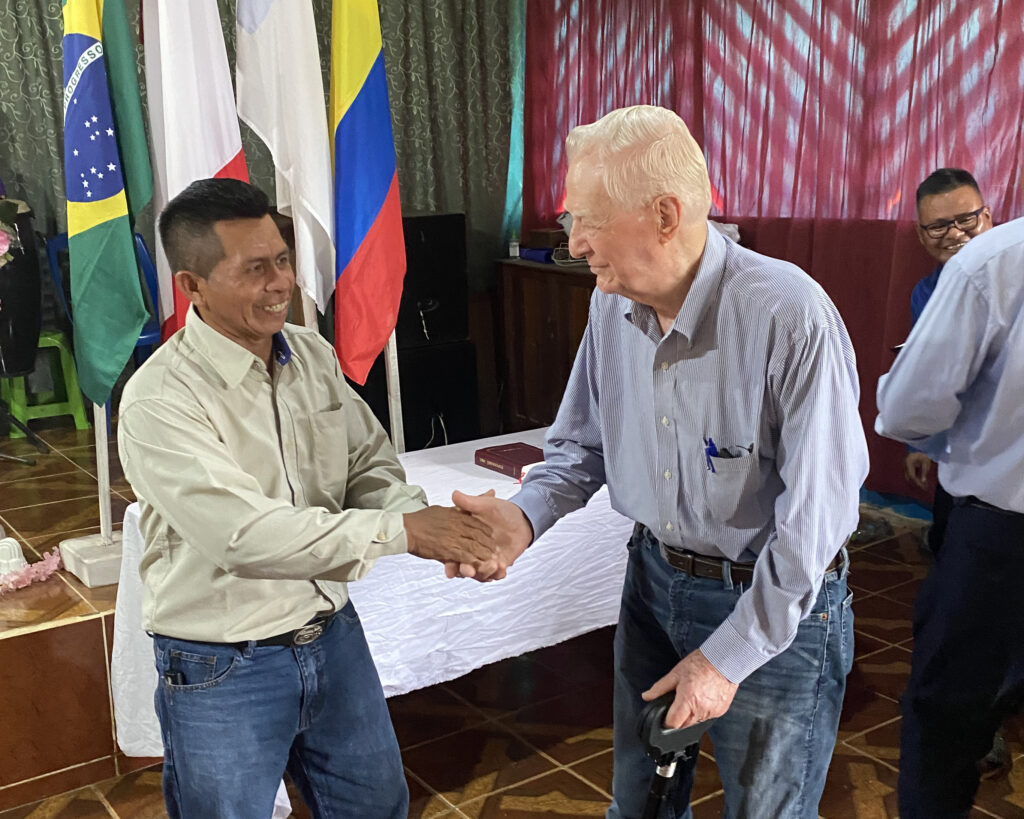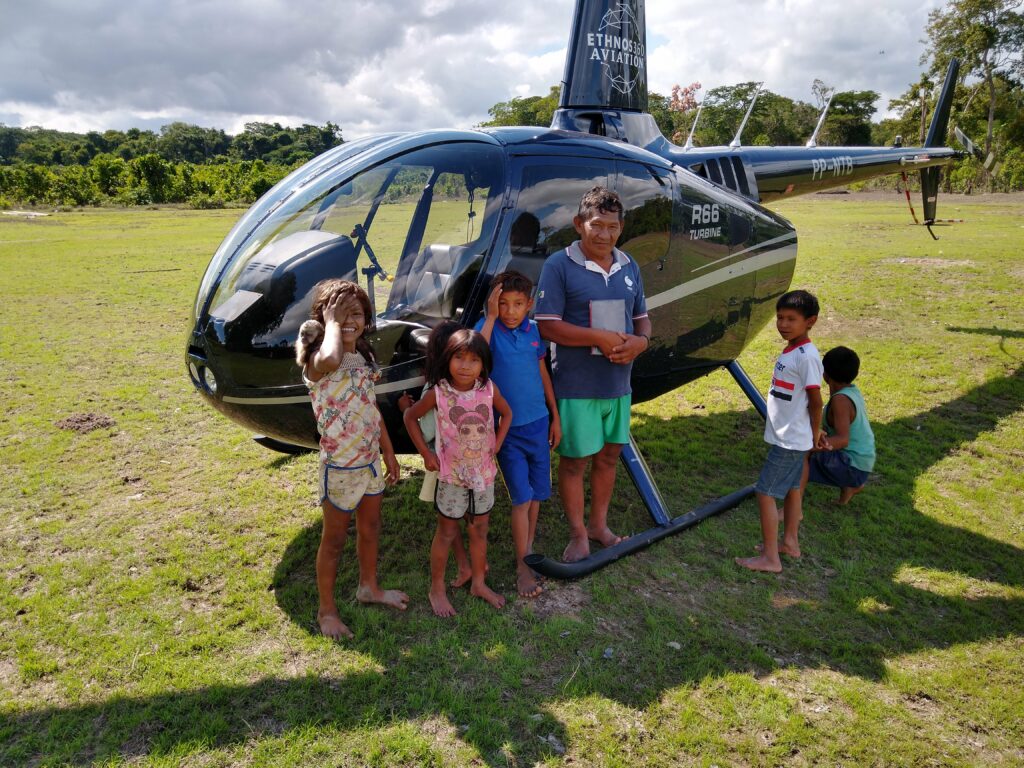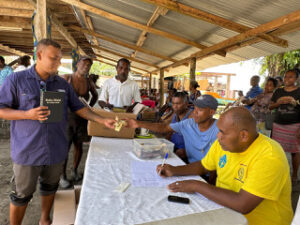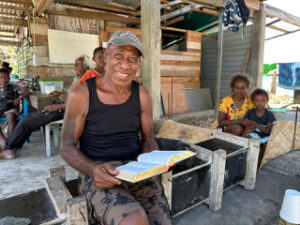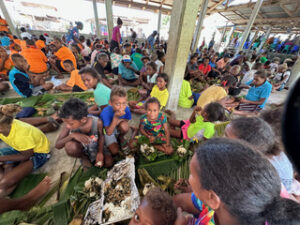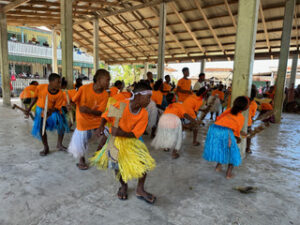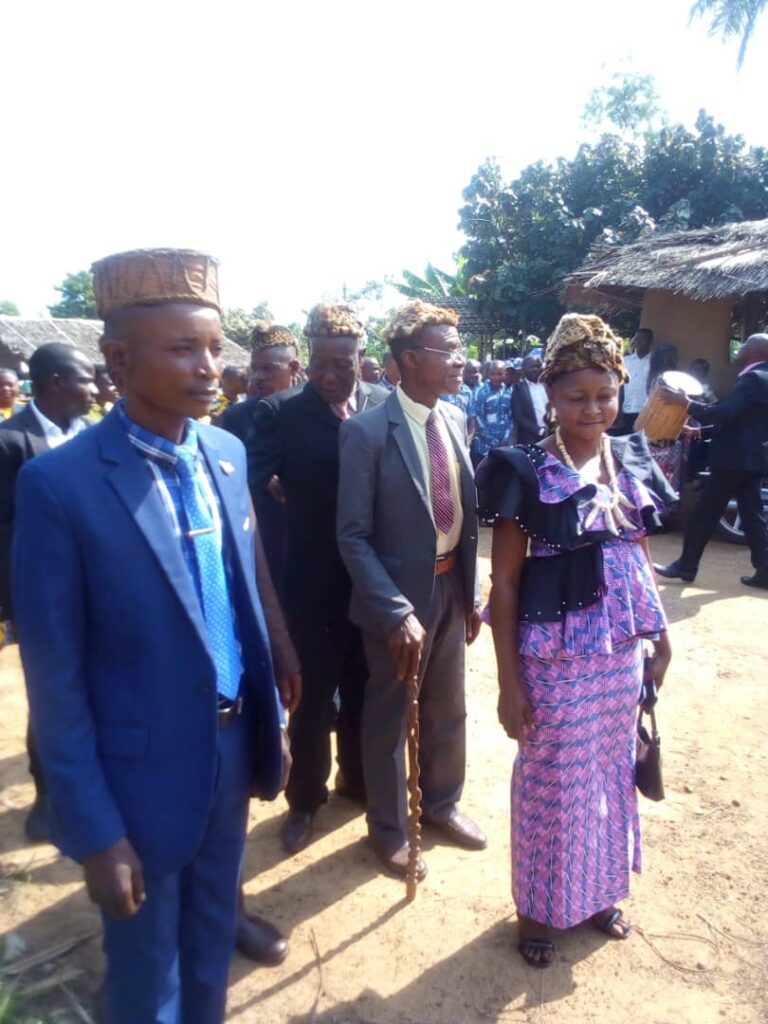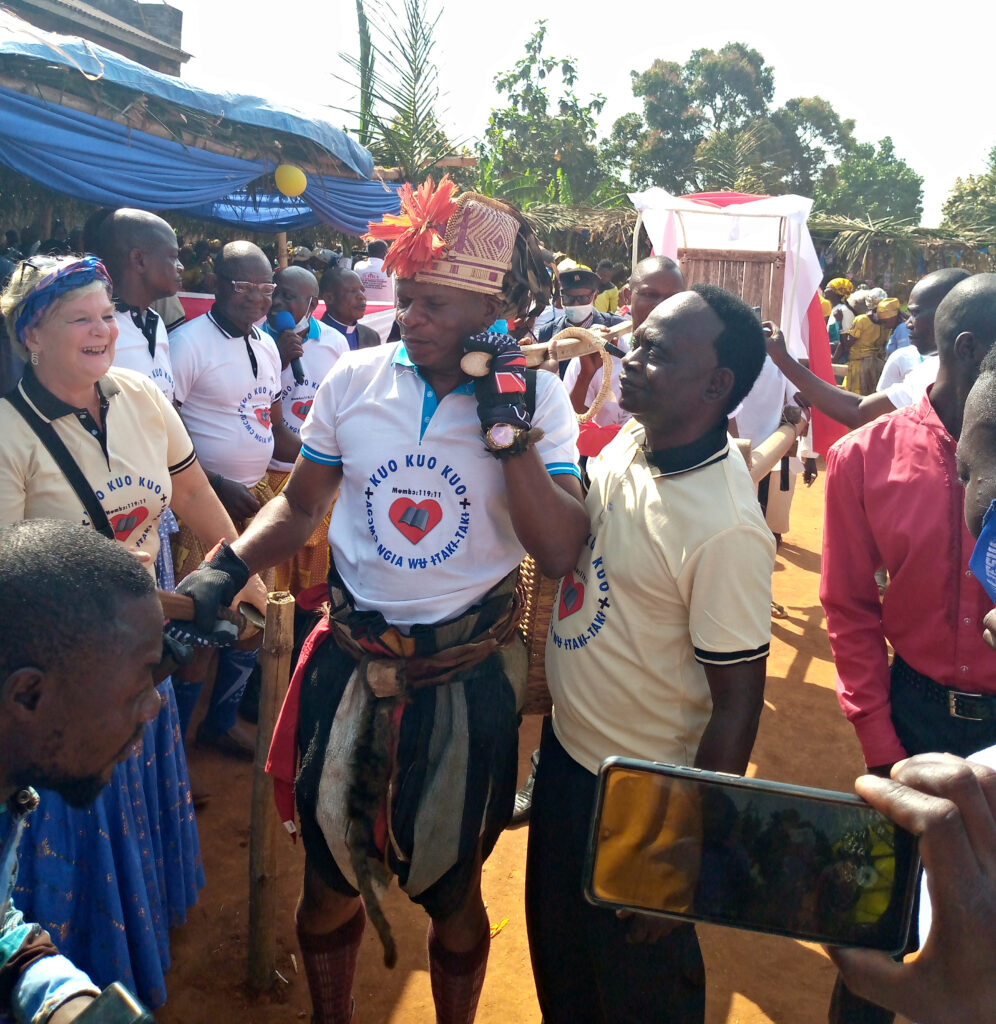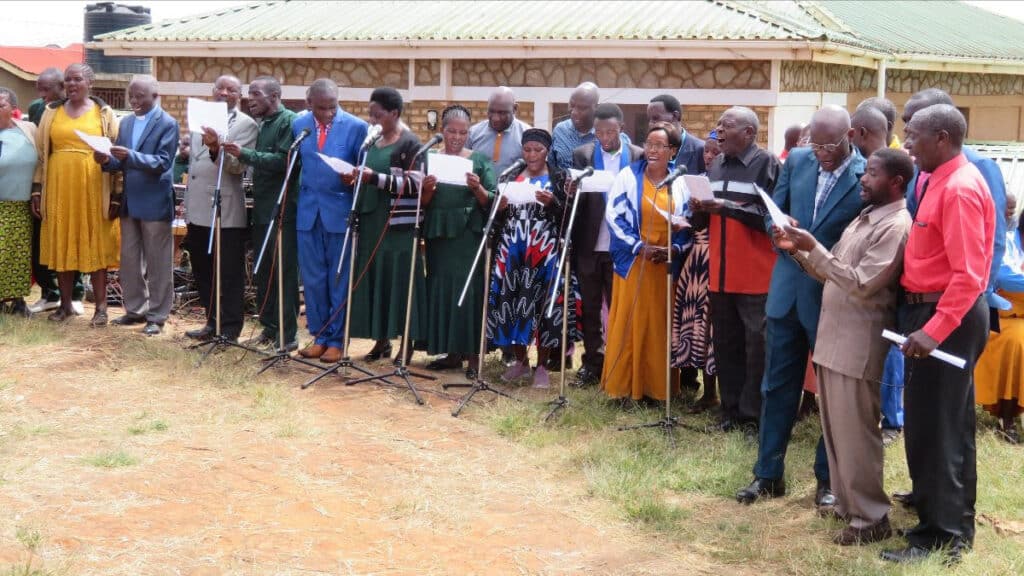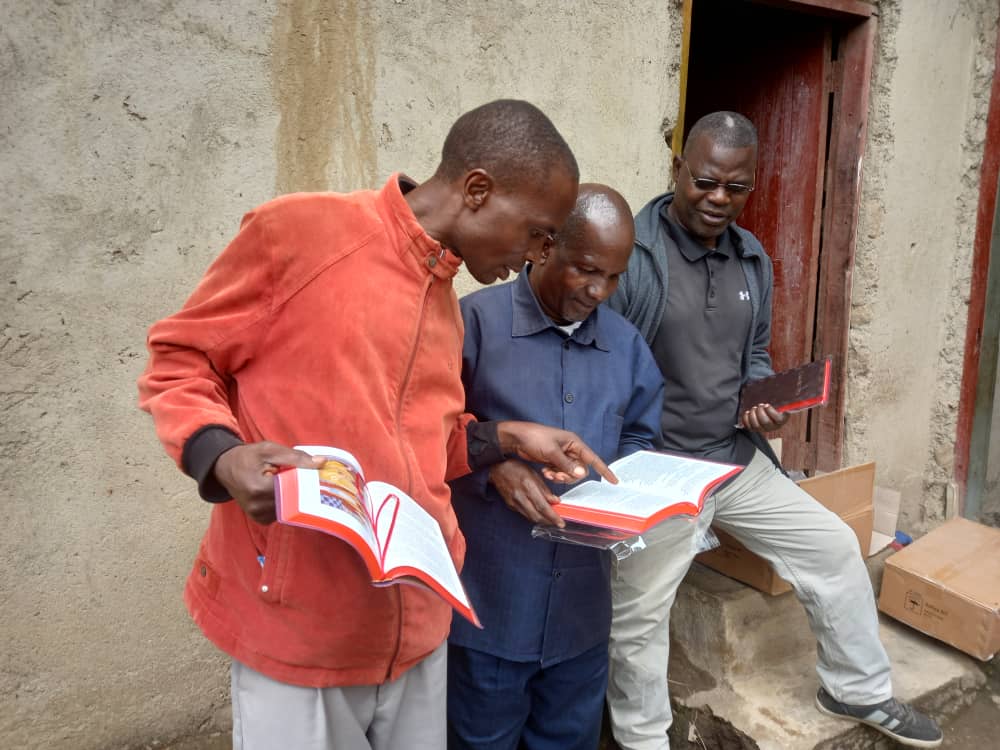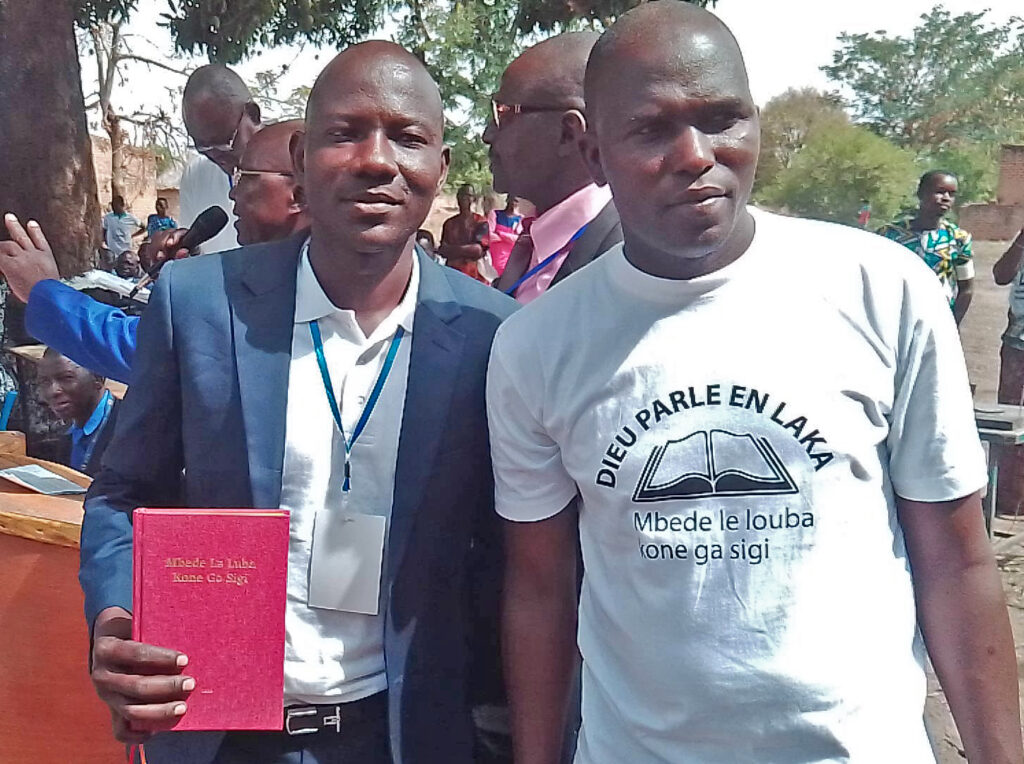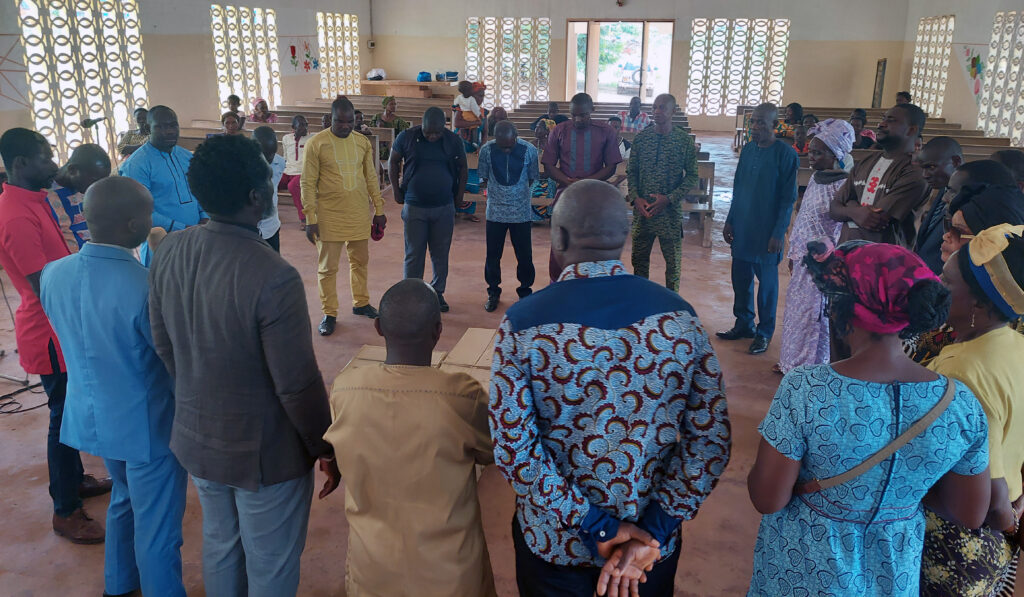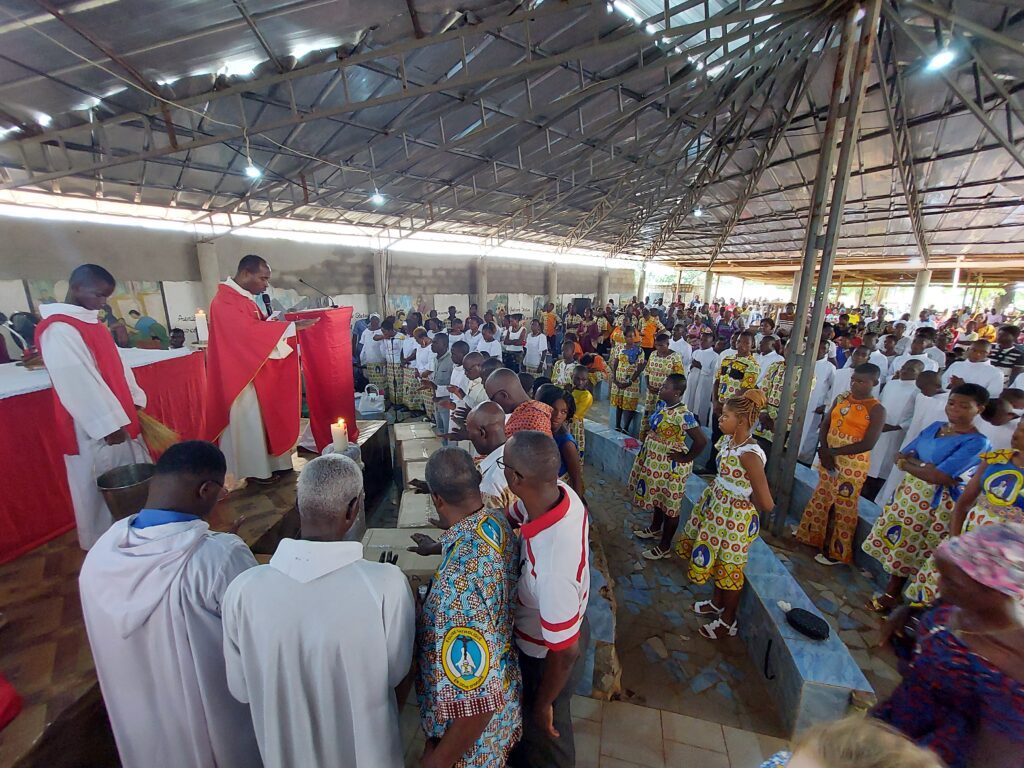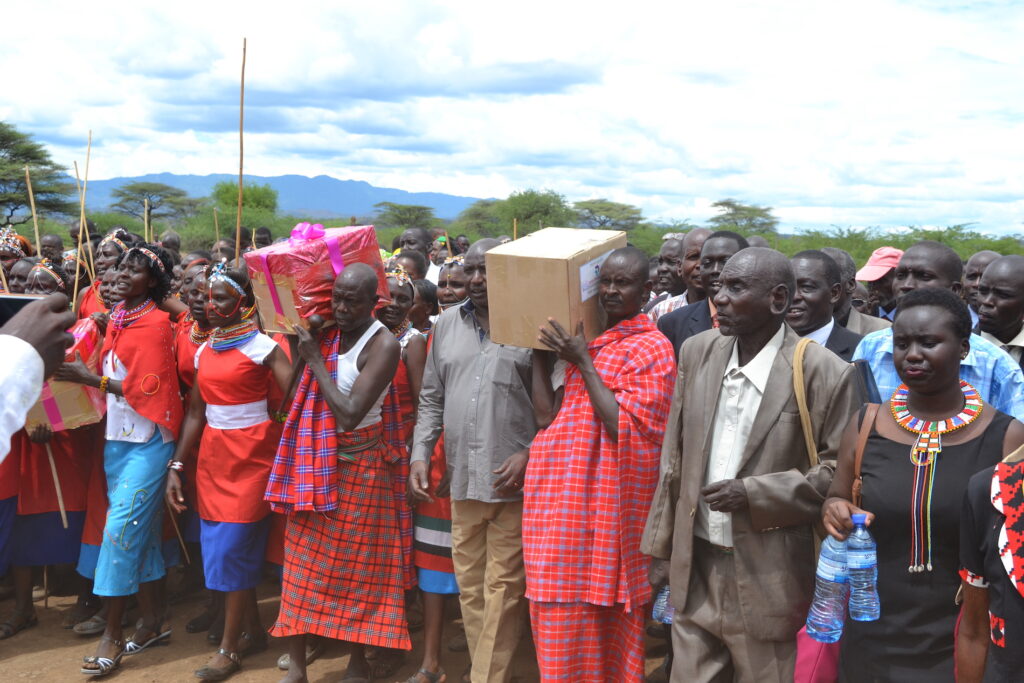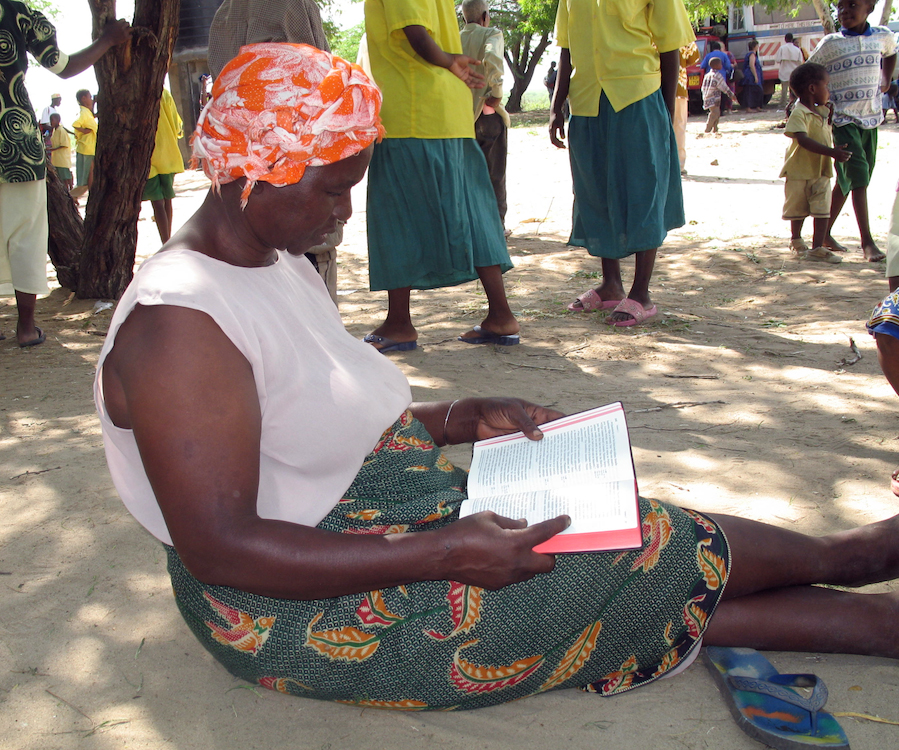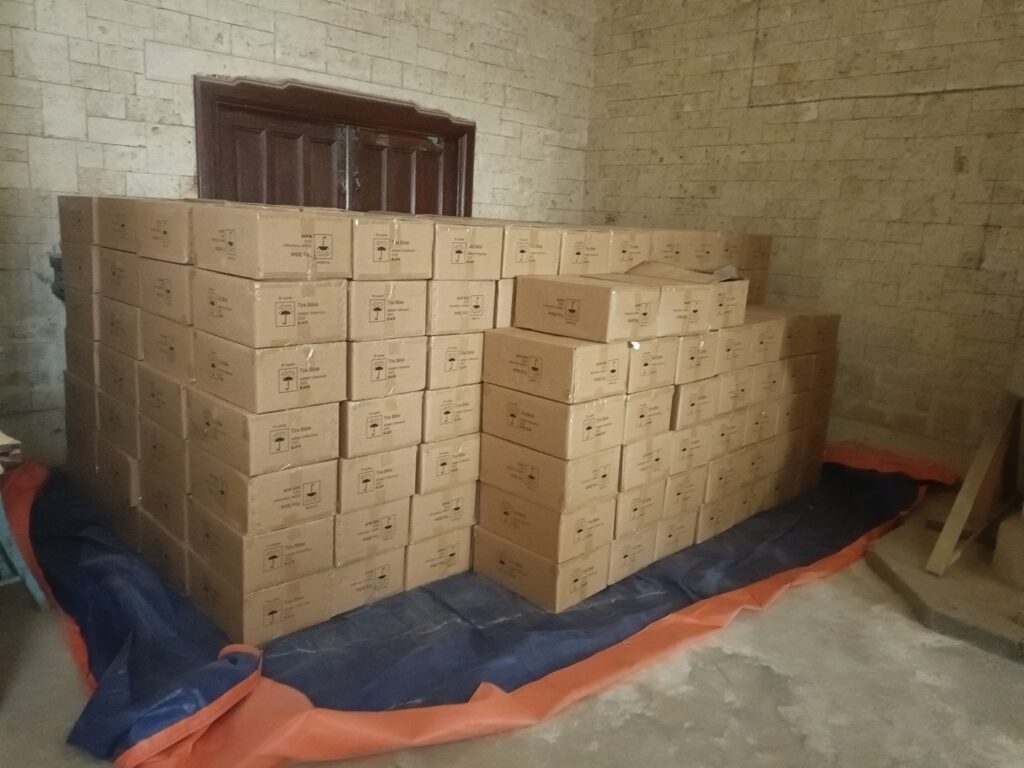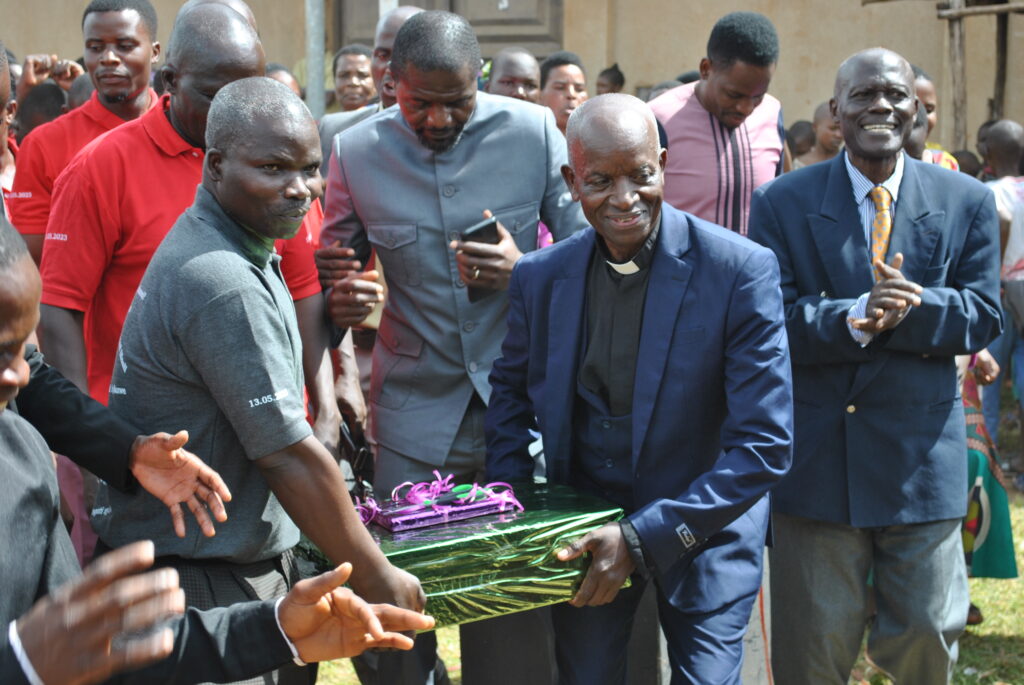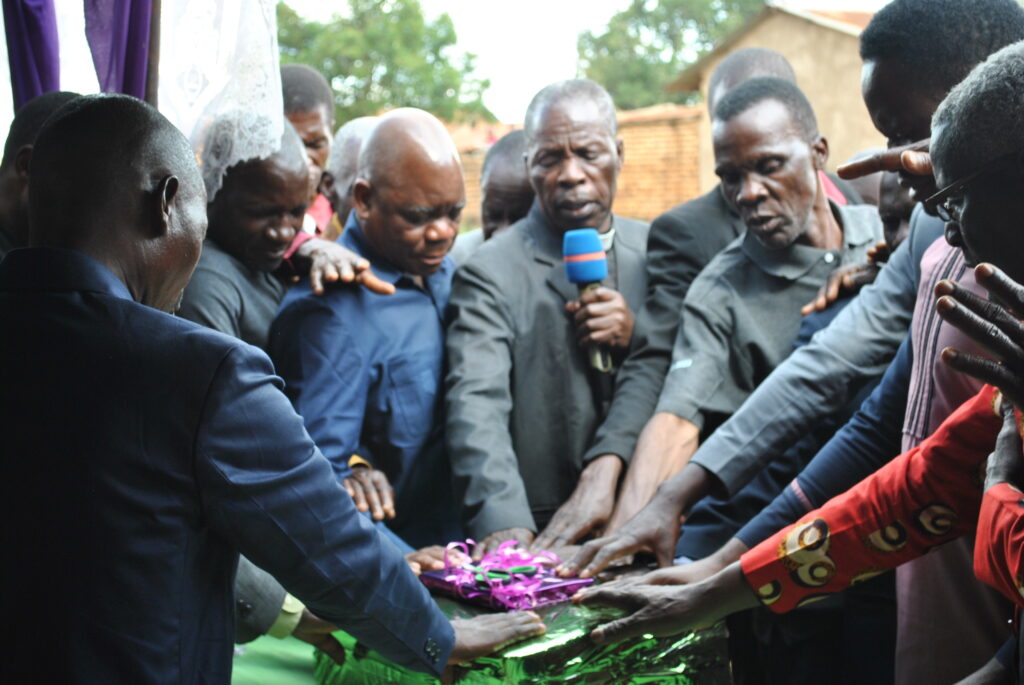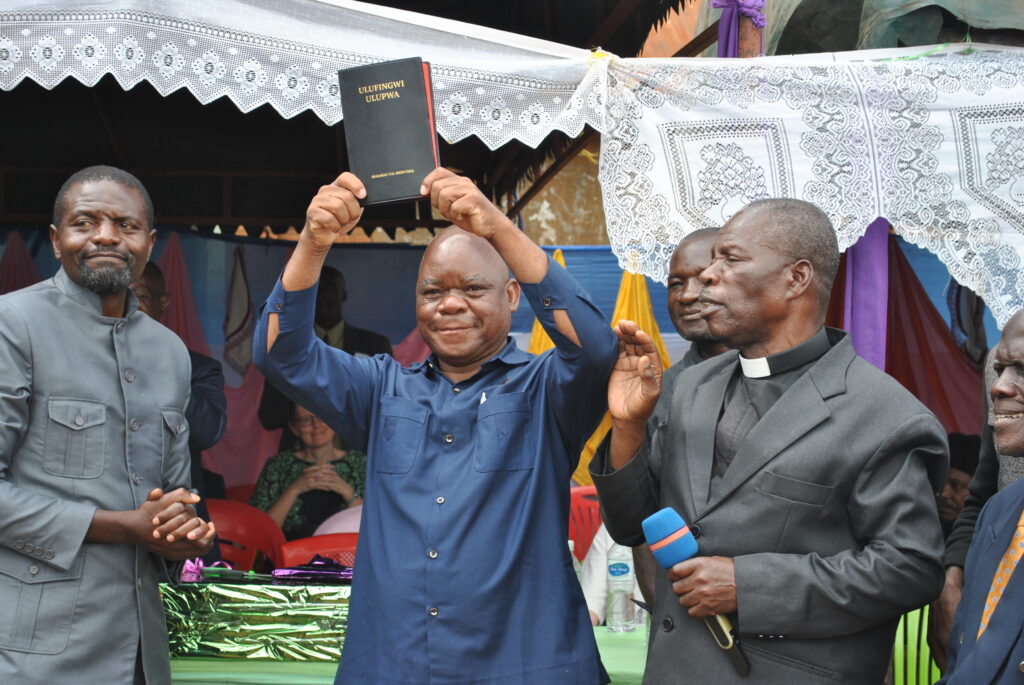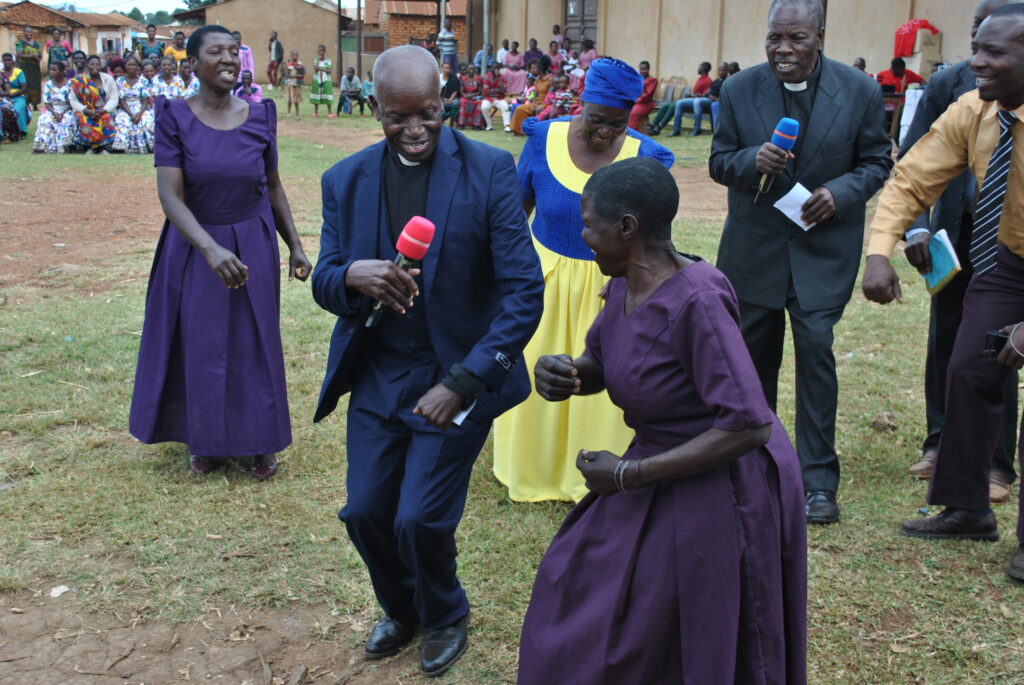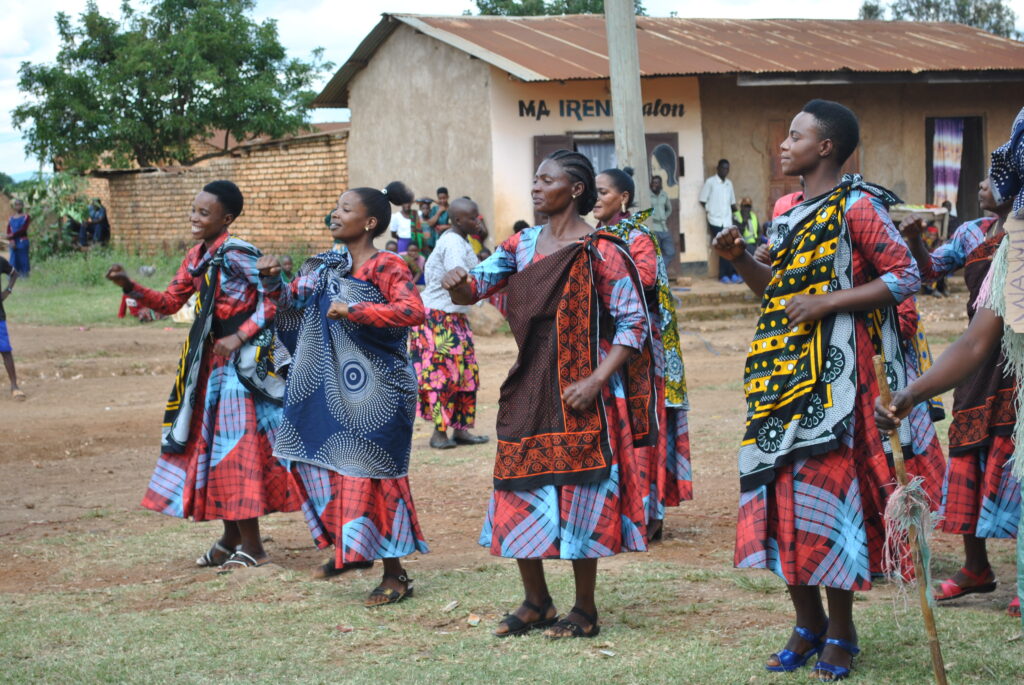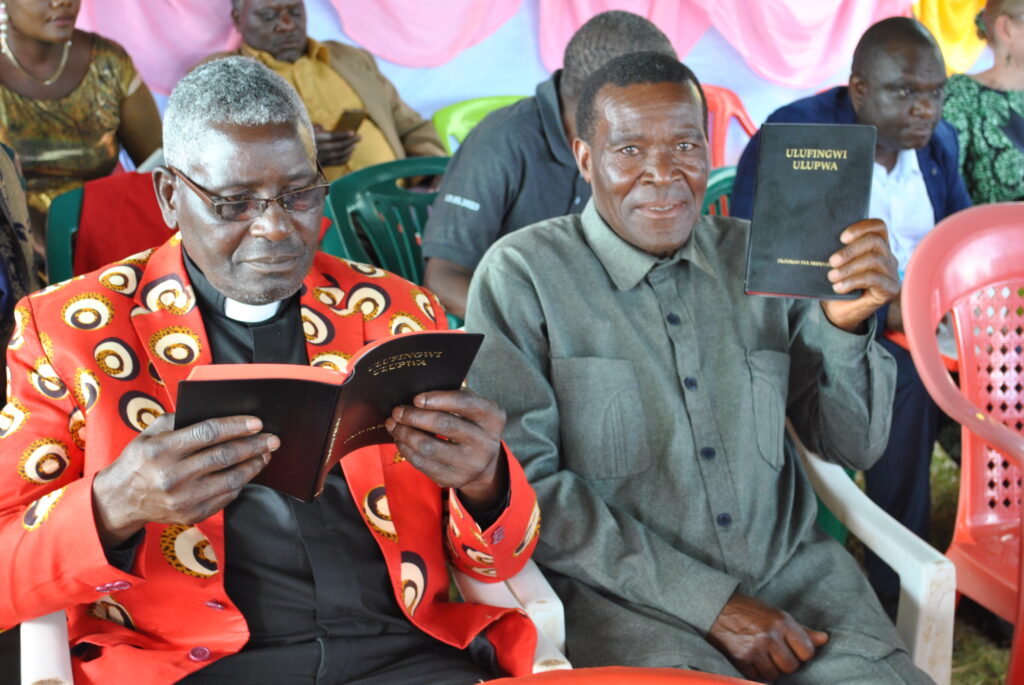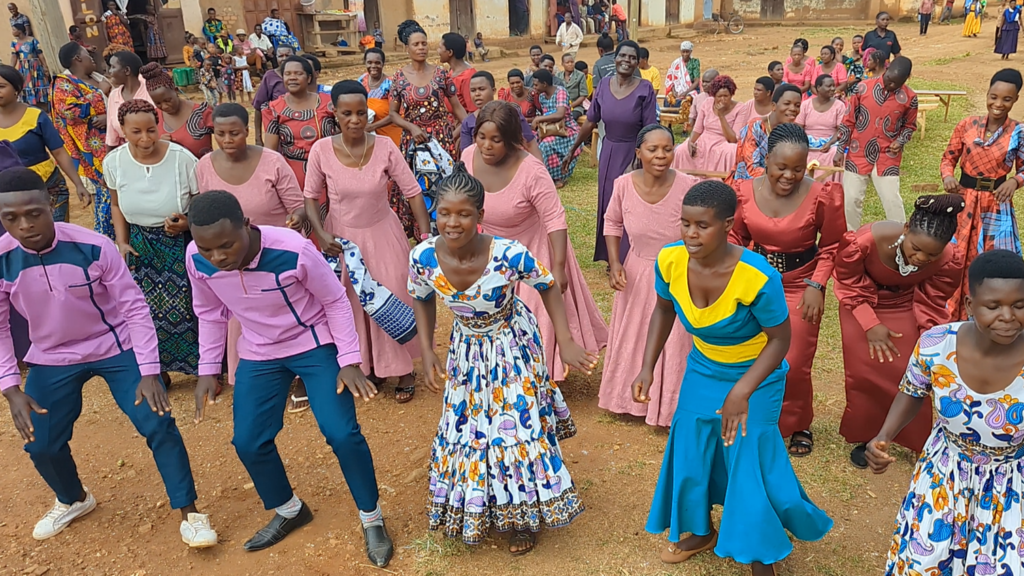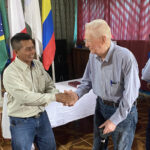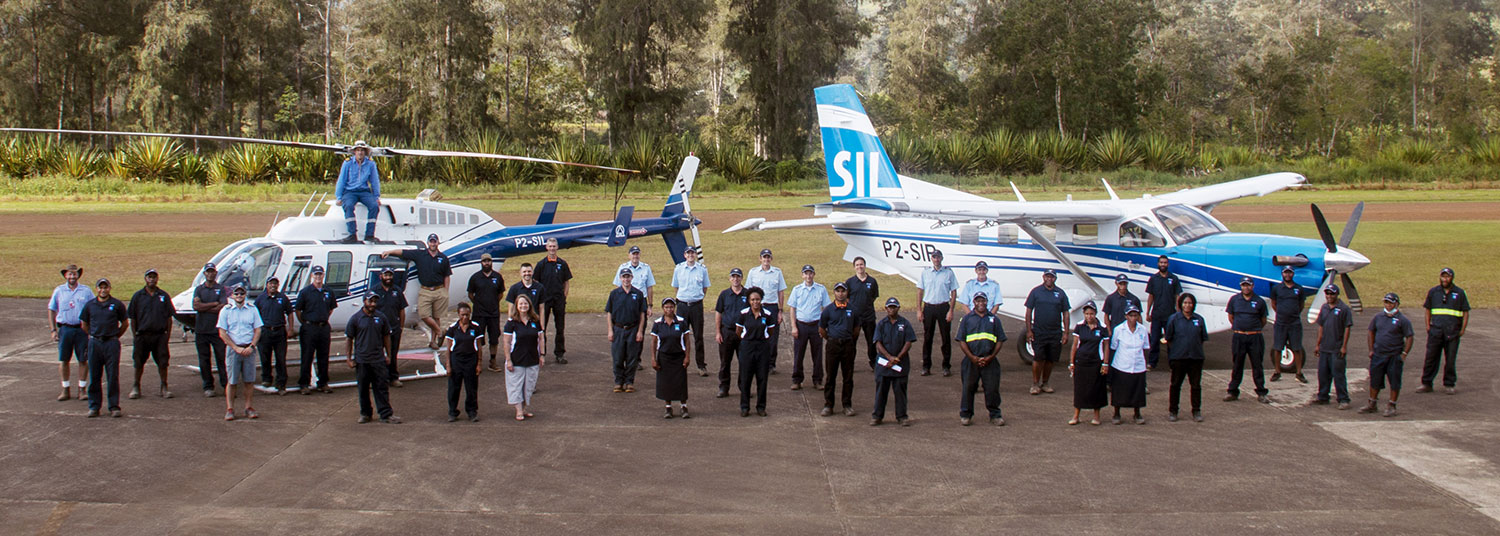How Effective Is Mission Aviation?
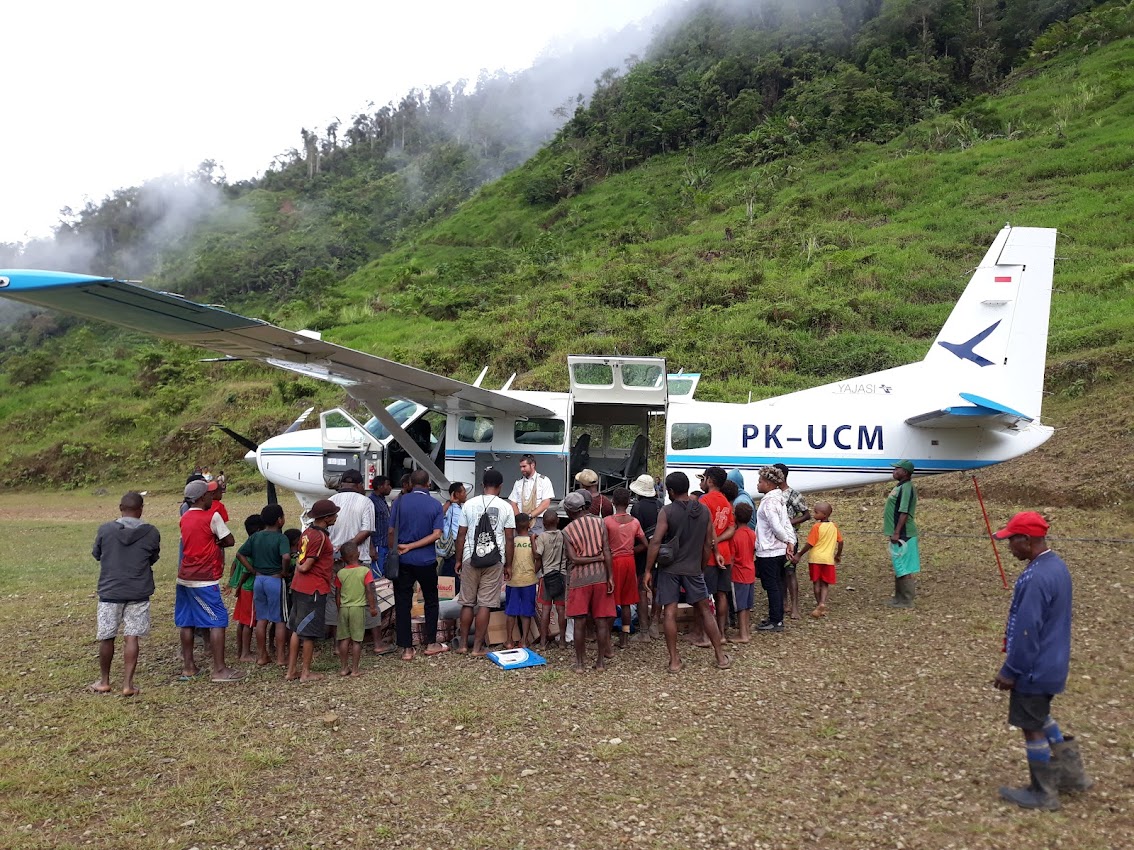
Somewhere in Africa, South America, or Asia, a JAARS partner is grappling with an age-old problem: what is the quickest, safest, and most cost-effective way to transport Bible translators and mission workers to the remote areas where they operate? Airplanes would seem to be a logical first choice, but is aviation the best option in all cases? Without hard data to back up their decisions, mission leaders had no way of knowing—until now.
Information that greatly increases leaders’ ability to make knowledgeable decisions is now available, thanks to an extensive, pioneering endeavor called the Aviation Effectiveness Research (AER). In 2014, Chuck Daly, then Vice-President of Transportation Services at JAARS, commissioned the AER to evaluate aviation’s effectiveness relative to surface transport—road, river, ocean, trail. Over the next three years, an independent field researcher conducted in-depth interviews with 324 mission aviation users in seven countries. The survey questions contrasted air travel with surface travel, seeking data on all seven functions of mission aviation as shown here:
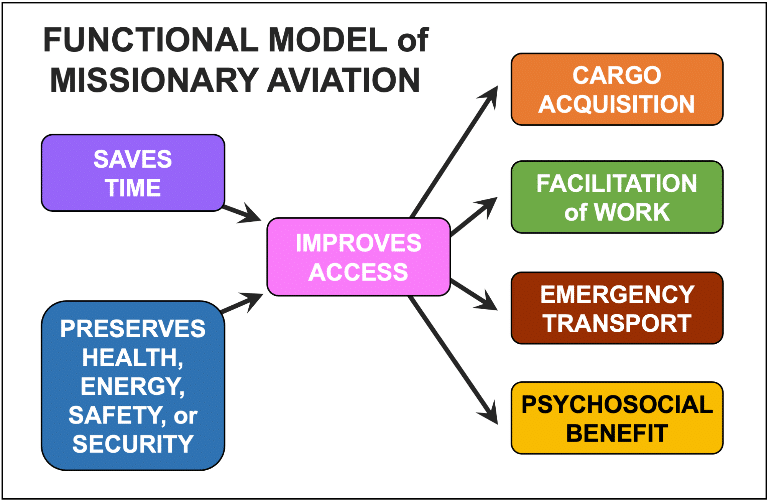
The result was a high-resolution picture of how and to what extent mission aviation advances people’s work.
The AER has three primary uses:
- enable leaders to make knowledgeable decisions about when, where, and for whom to use or not use aviation worldwide
- wisely align organizational resources to accomplish kingdom goals
- inform or educate people about aviation decisions
At its heart, the AER is a resource and toolset for using aviation effectively. The tools include a time-saved calculator and the Strengths Maximization Index (SMI) tool which calculates the extent to which aviation’s inherent strengths— saving time and preserving the resources of health, energy, safety, and security— are maximized. Here’s an example of how decision makers might use the AER.
Consider a JAARS partner who wants to begin a new ministry in a remote area that’s accessible by road, river, trail, and air. The partner asks JAARS to help determine which mode would be best. To start the process, JAARS staffers would use another AER tool for surveying transportation needs. This tool evaluates 35 variables using data supplied by the user in response to survey questions. Here are three examples of the survey questions:
- What would be the average, optimal number of round trips per year?
- What would be the overall average travel time to the destination by surface transport?
- What is the probability that travelers would be injured during such a surface trip?
The results are entered into the SMI tool which produces a numerical value. If this value exceeds a certain number, aviation’s inherent strengths would be maximized, and good stewardship of kingdom assets is confirmed.
Developers of the AER make it clear that the purpose of the research is not to justify aviation but to evaluate its effectiveness at advancing people’s work. An SMI value of 6.0 in our hypothetical example would mean that workers receive moderately-high benefits by using aviation, but decision makers must also consider other factors such as local politics, the absence of existing airstrips, or financial constraints. “The AER was designed to help frame decisions, not make them,” the AER researcher elaborates. “Decisions regarding the use of aviation are multi-faceted and entail many variables in addition to aviation’s effectiveness. The AER is intended to bring facts and numbers to discussions regarding the use of aviation, not to evaluate ‘the need’ for mission aviation or to validate or justify it. That’s for the leaders of the user organizations to decide.”
The bottom line of the AER is good stewardship. As the website explains, “Aircraft are some of the most expensive assets in the kingdom. We are expected to use them well in the service of the King.” Additionally, the AER promotes good stewardship by sharing information. Craig Russell, Chuck Daly’s successor at JAARS, explains how. “We can maximize resources without duplicating service simply by passing along information and helping each other.”
The AER was a JAARS initiative, but from the beginning, JAARS intended it to benefit the greater mission aviation community. Other aviation organizations quickly saw the value of the project; five of them contributed funds and seven provided field support. By funding a professionally built website available to the public, JAARS fulfilled its promise to make the research findings available to everyone.
This article is only an introduction to this strategic and extensive research. For more information, visit the website at aerproject.info.






